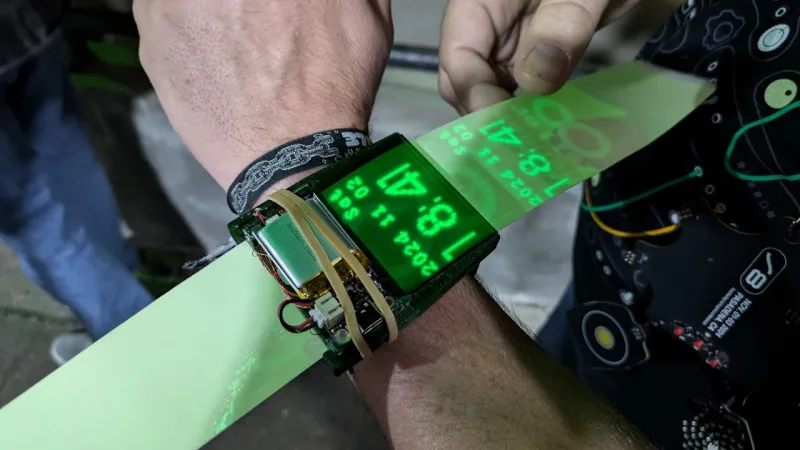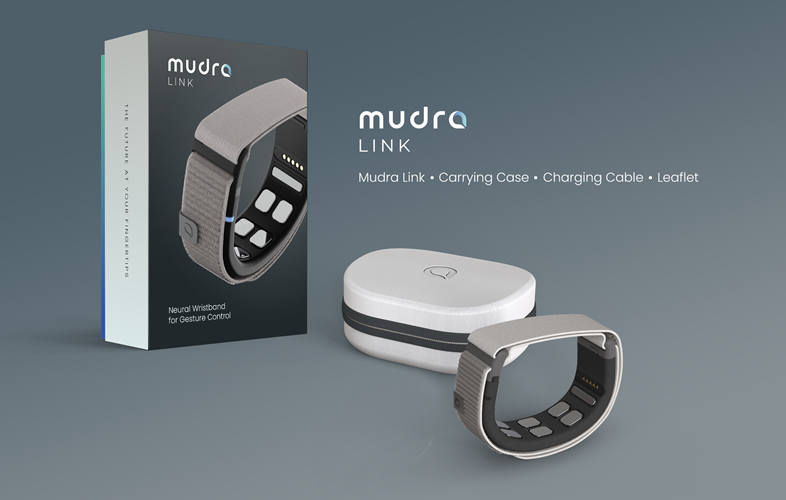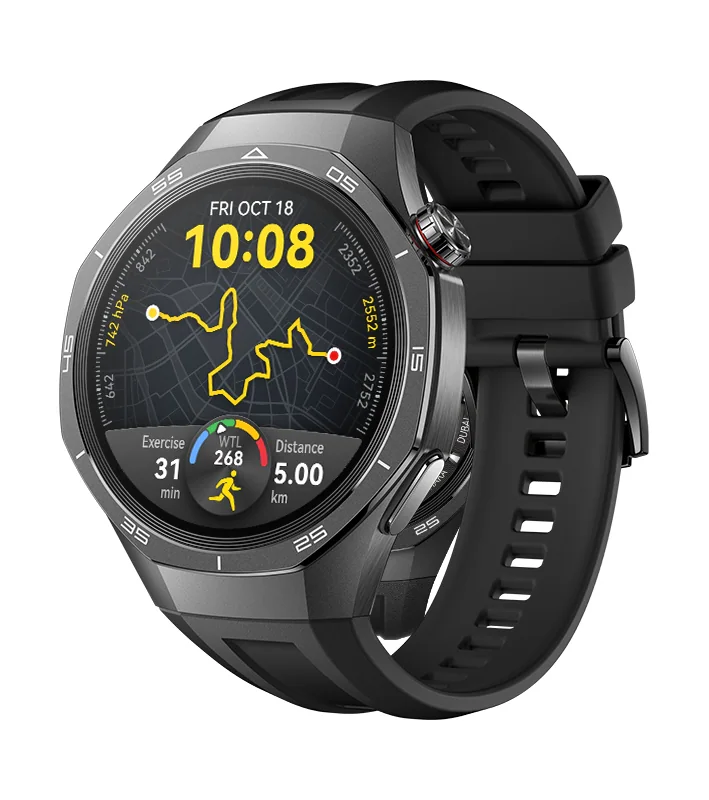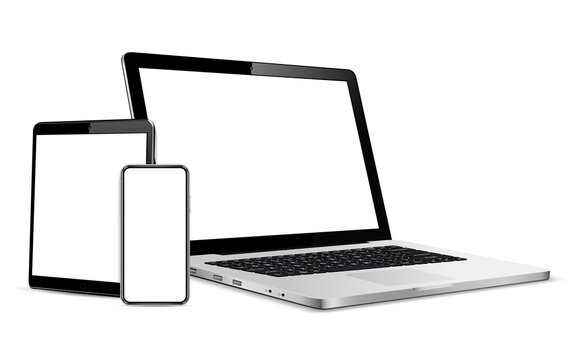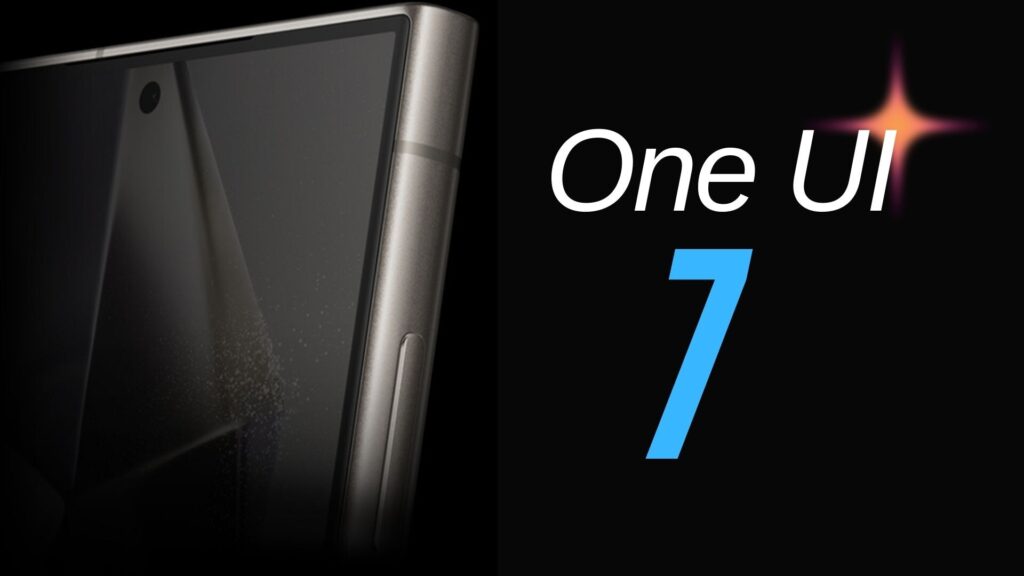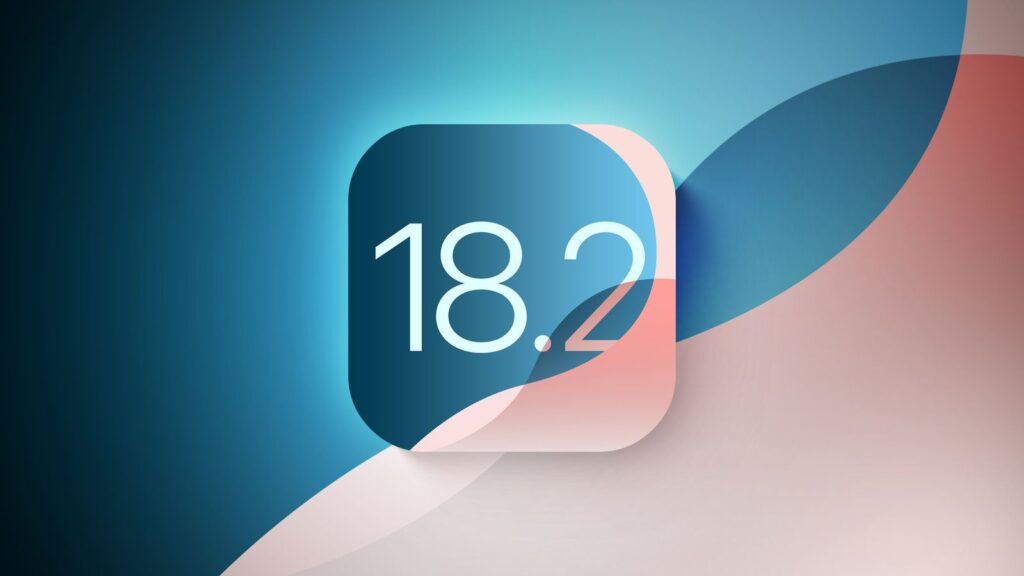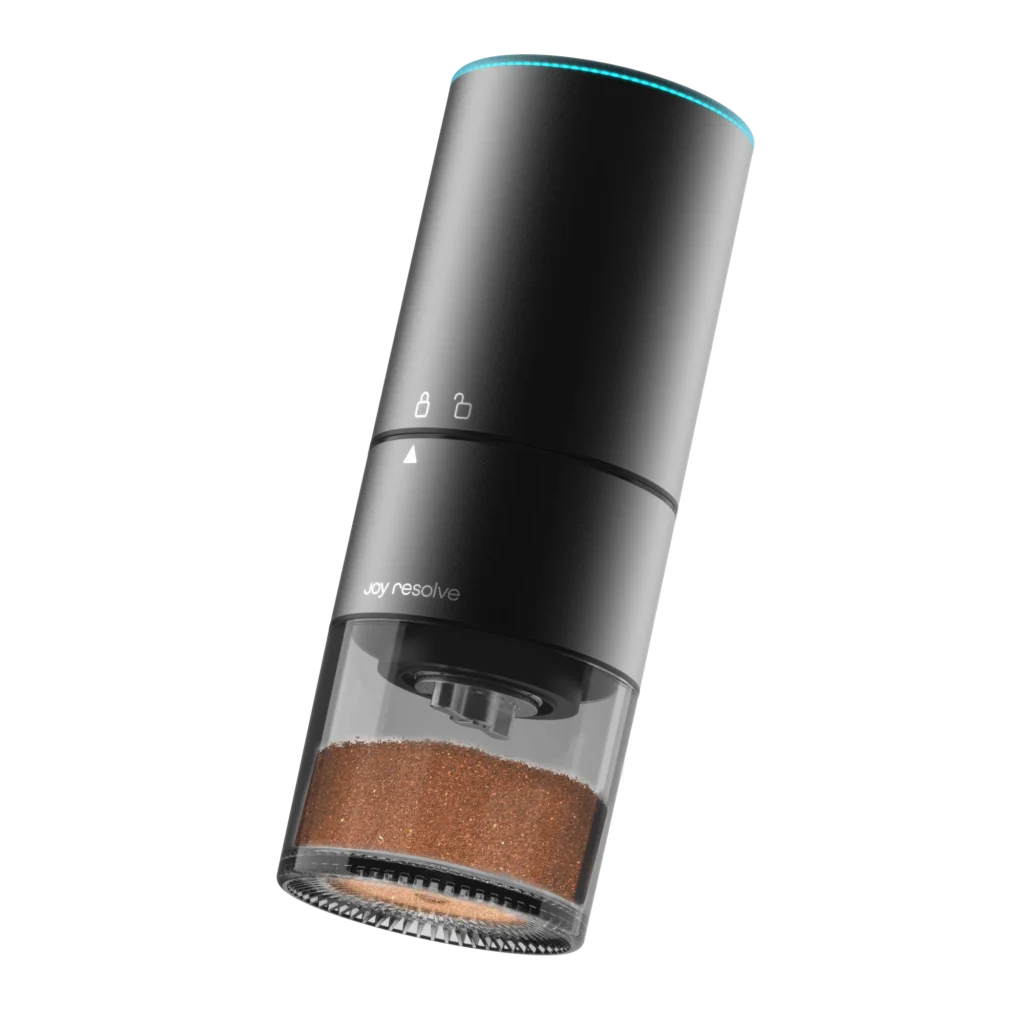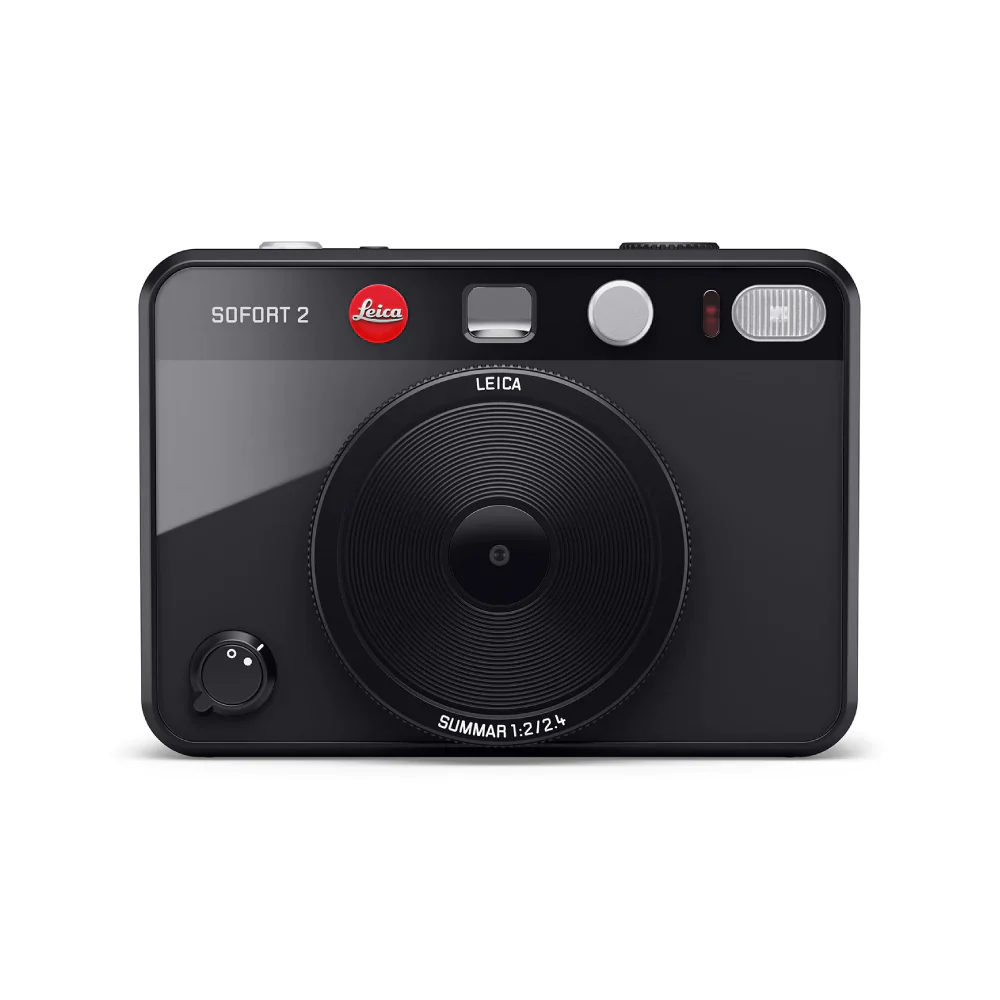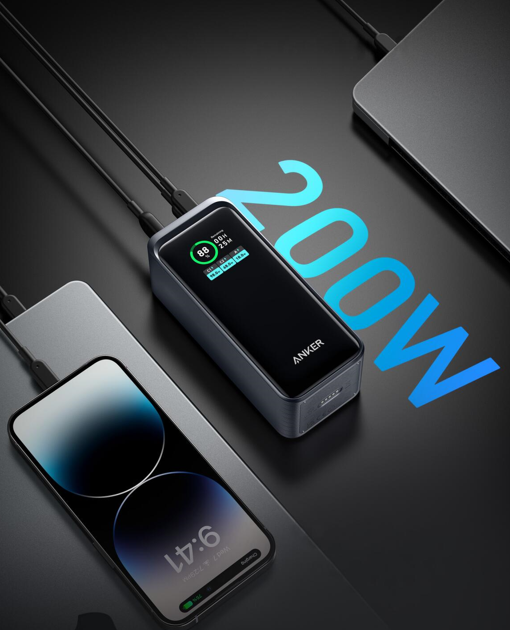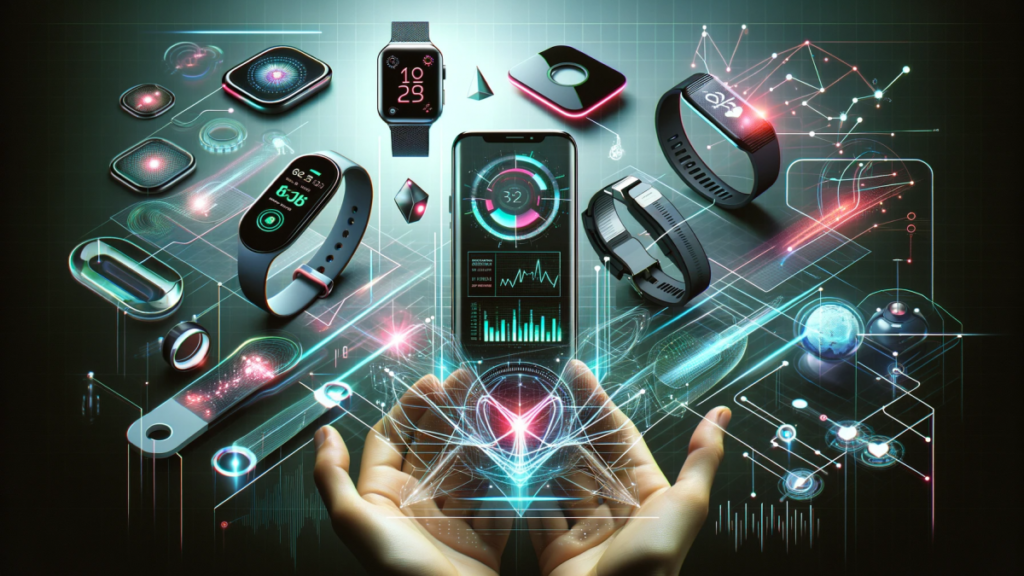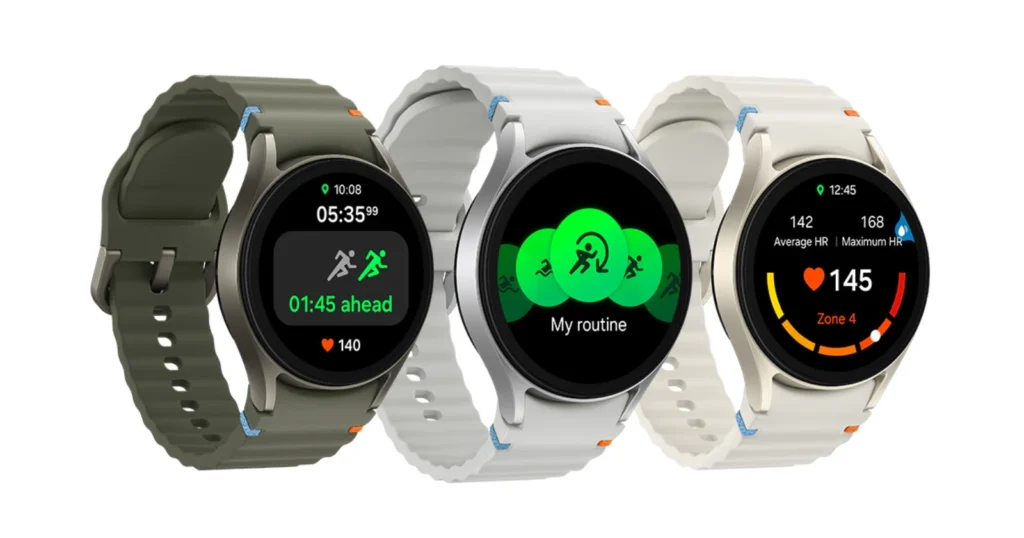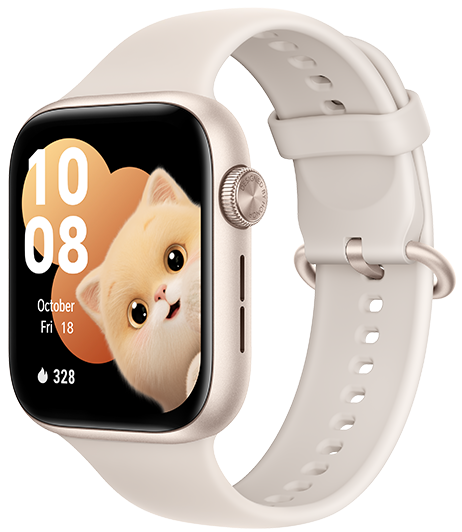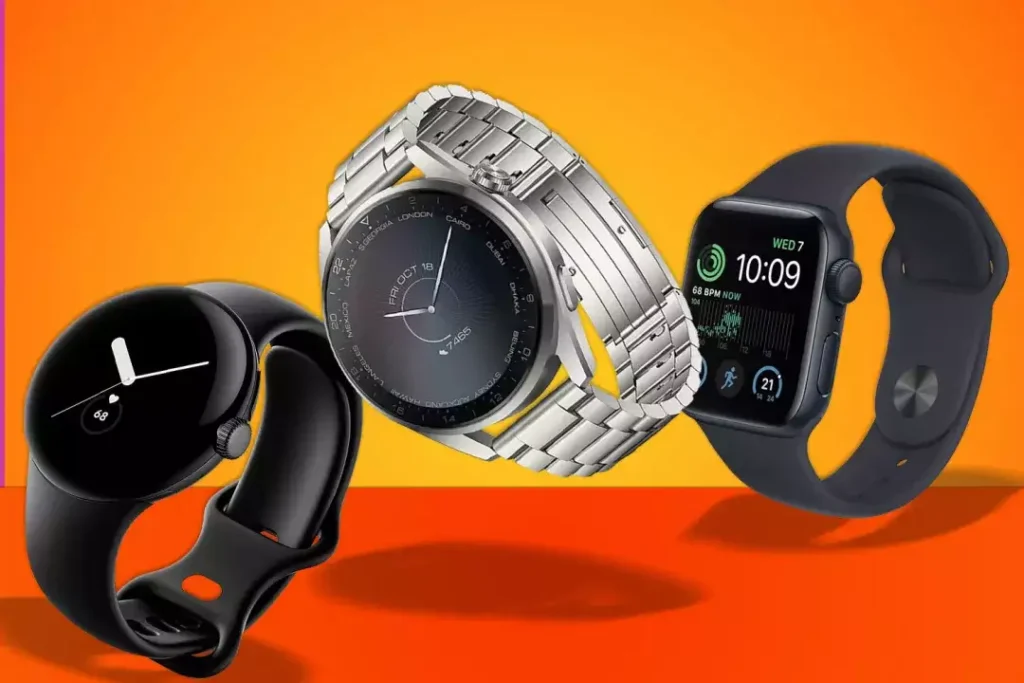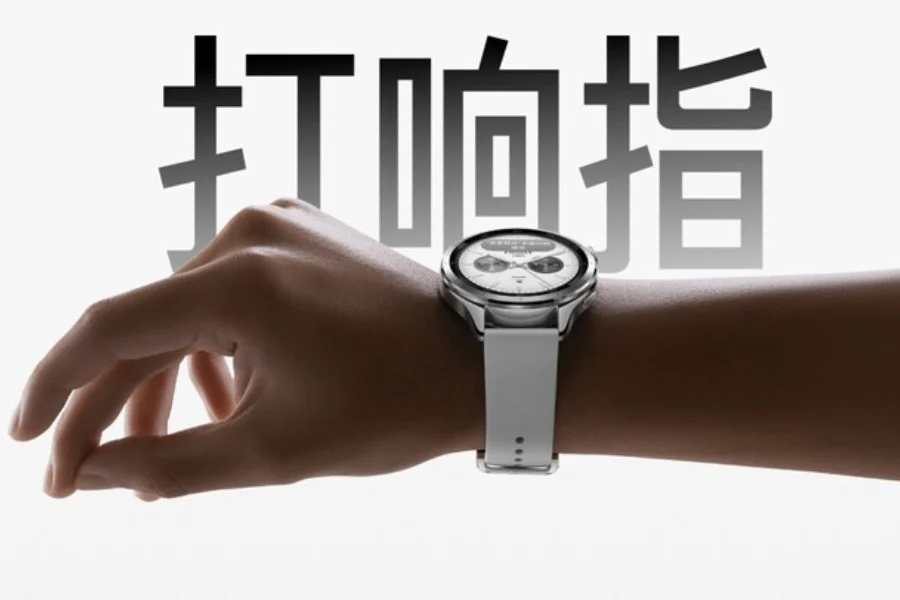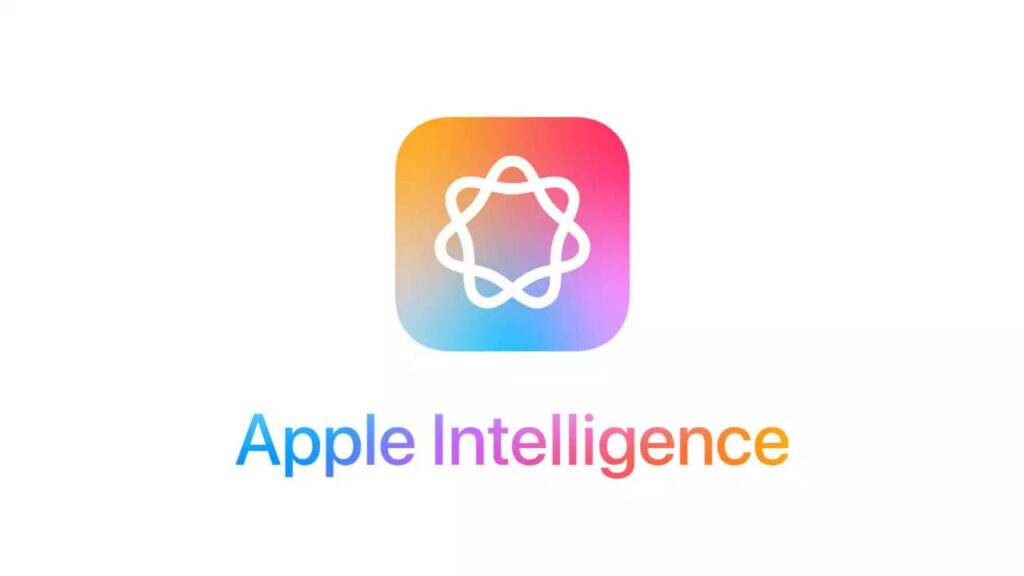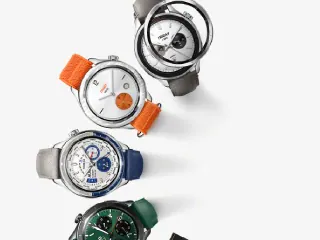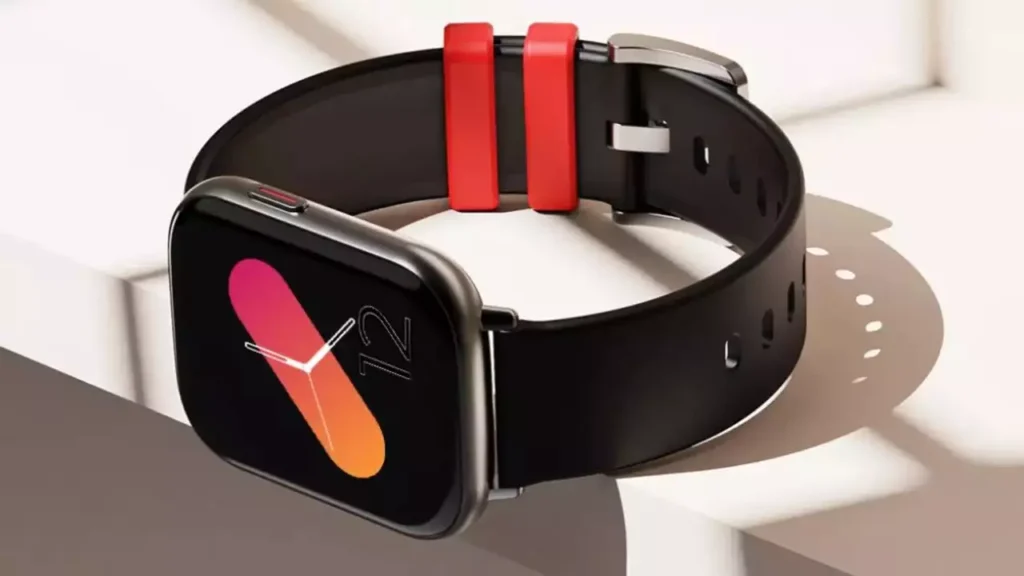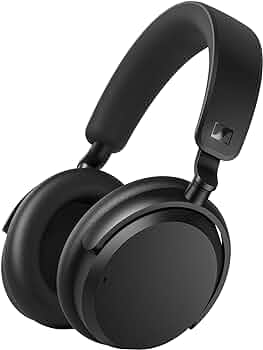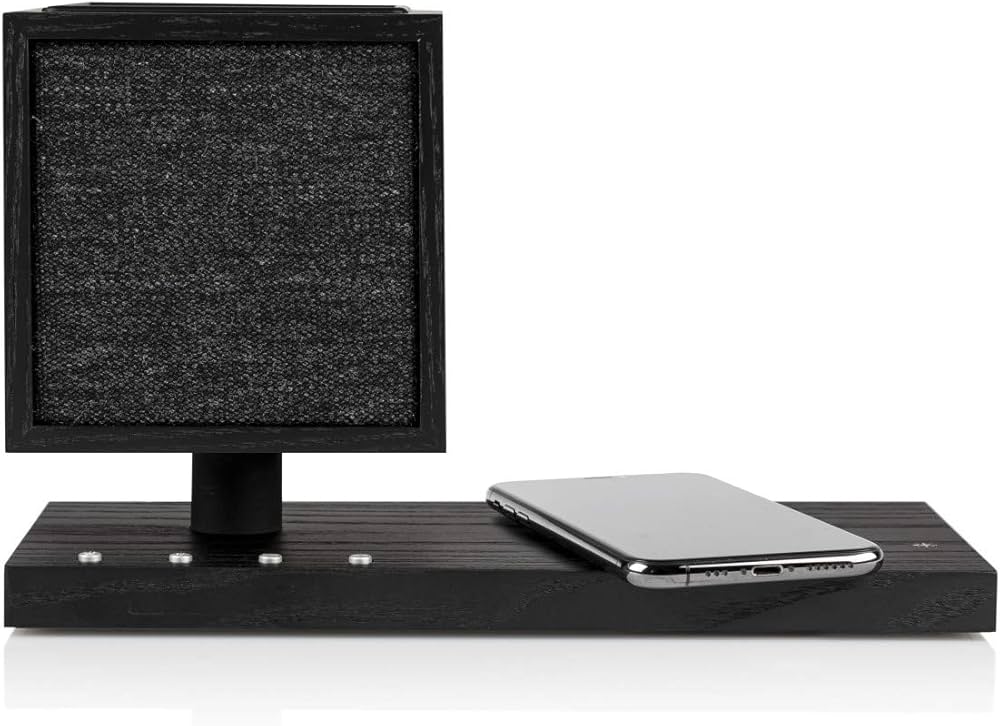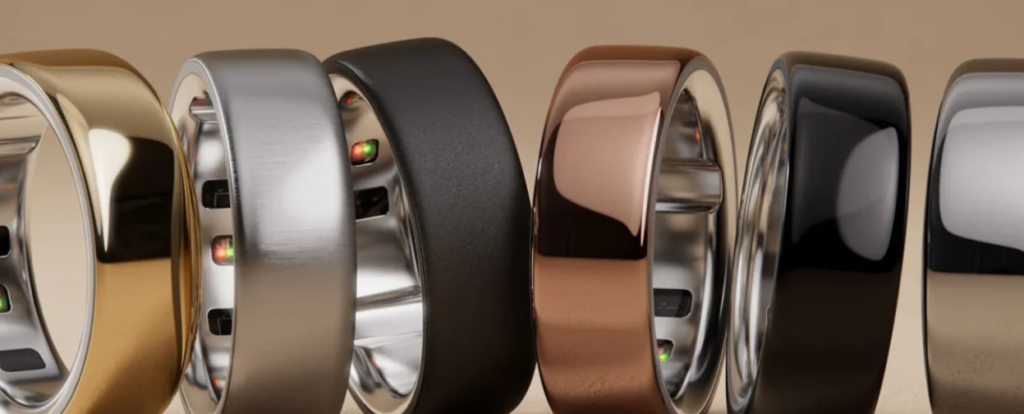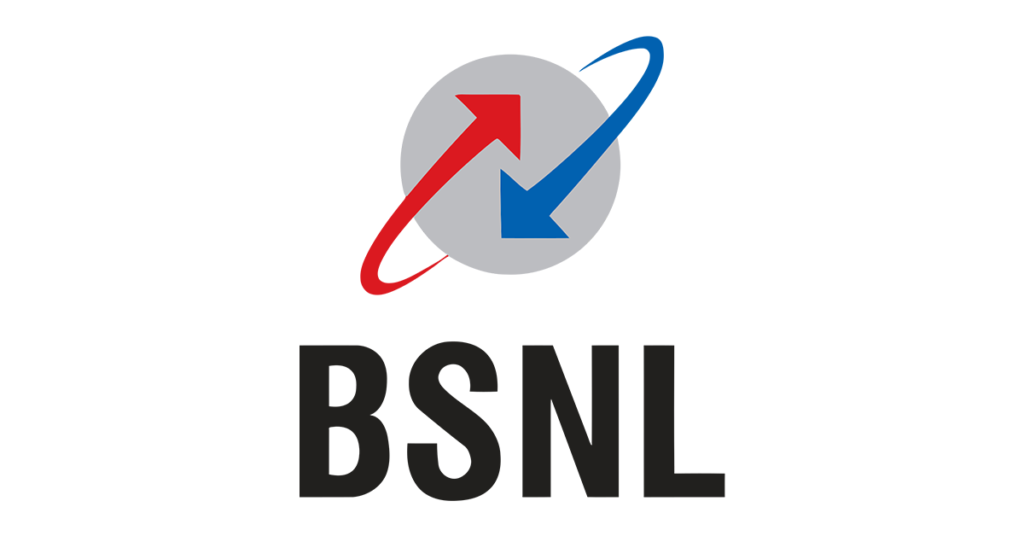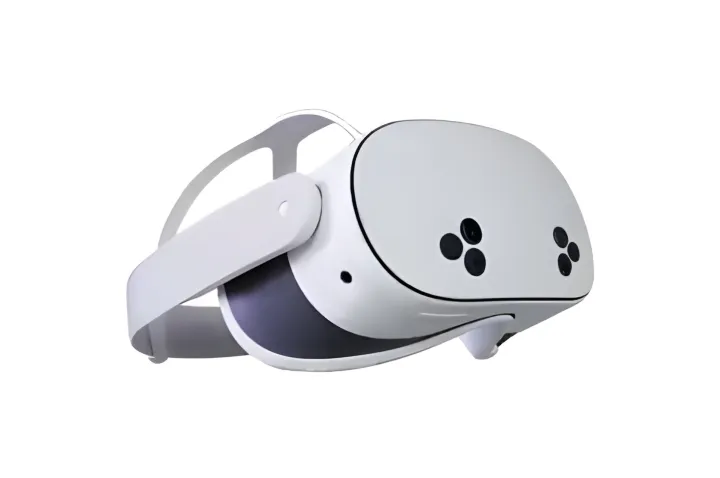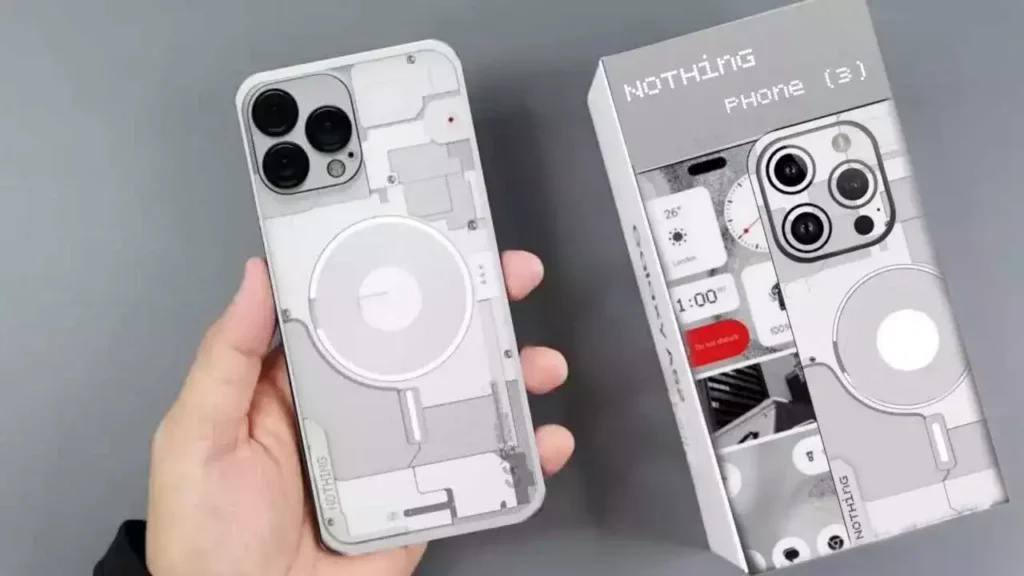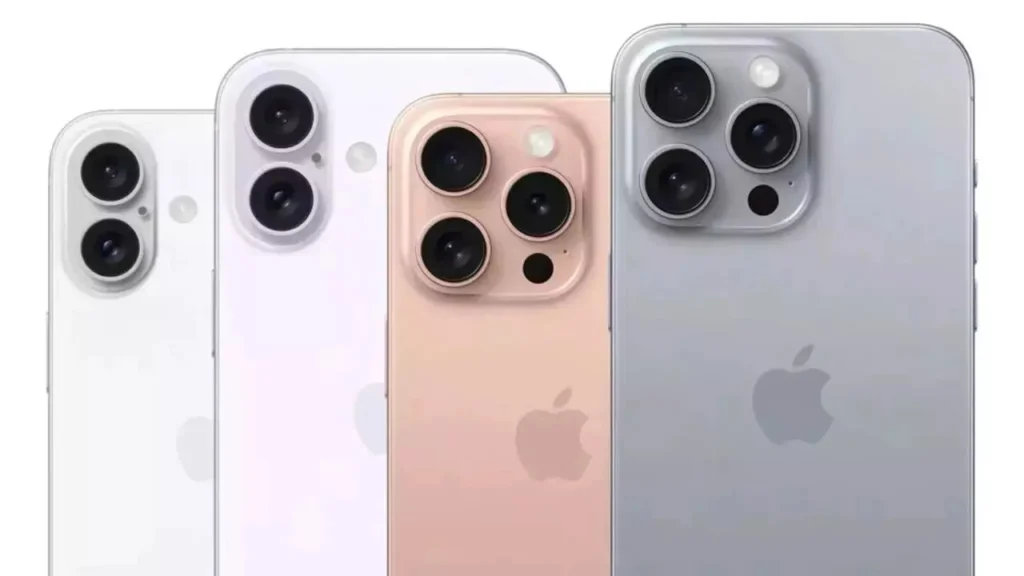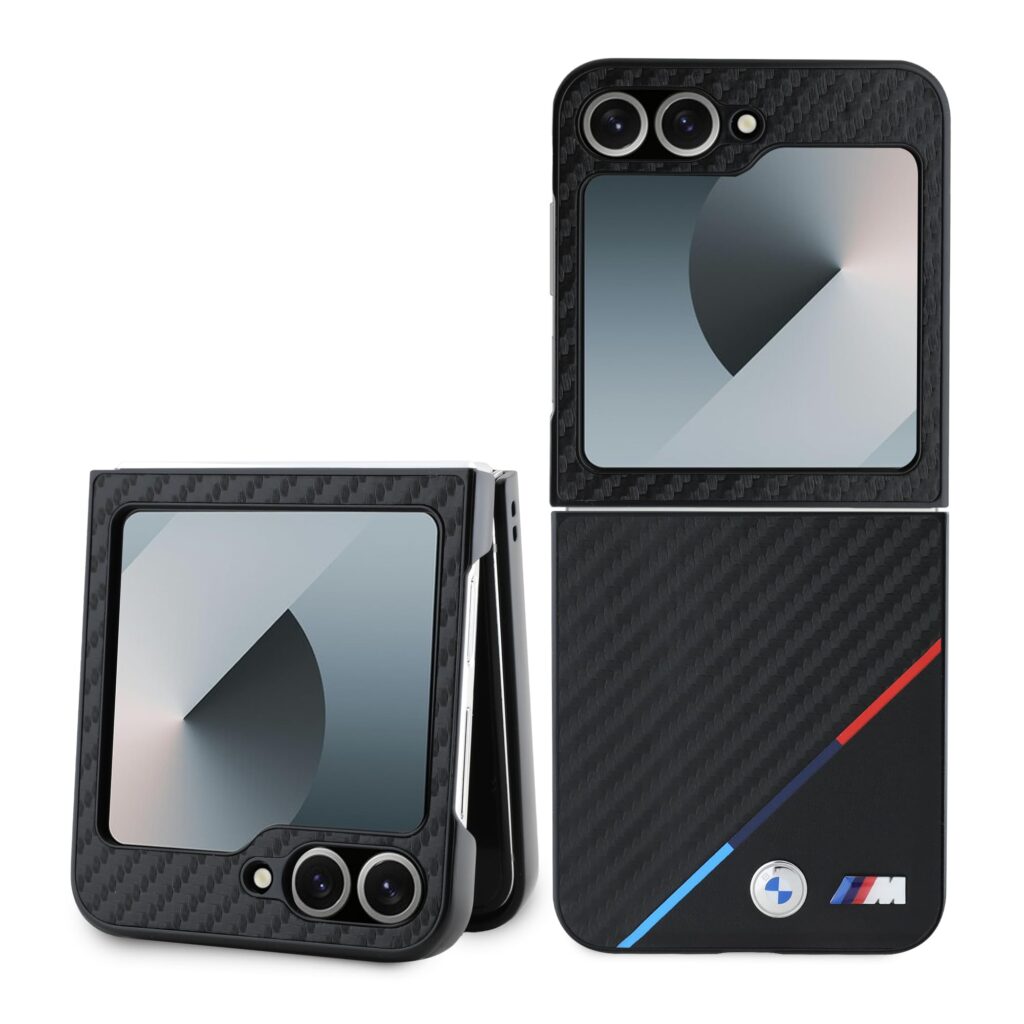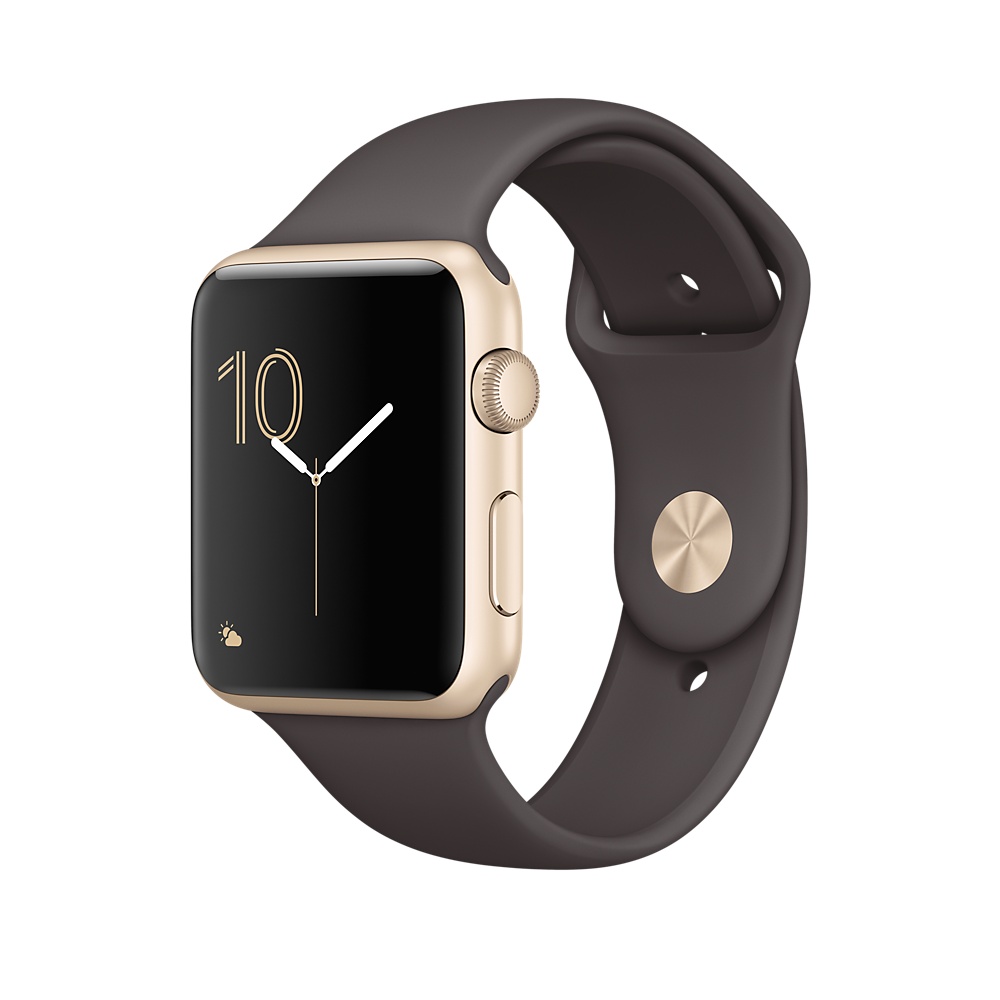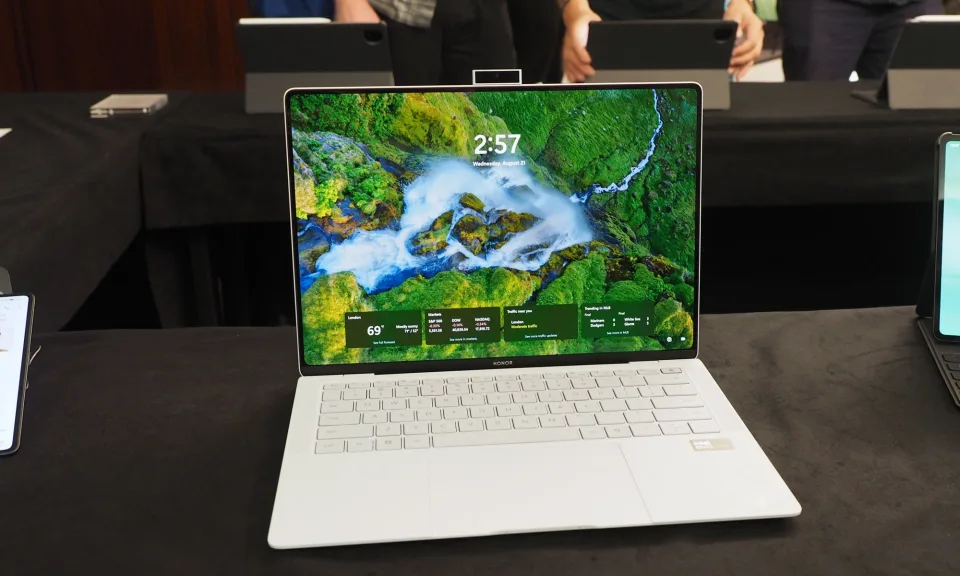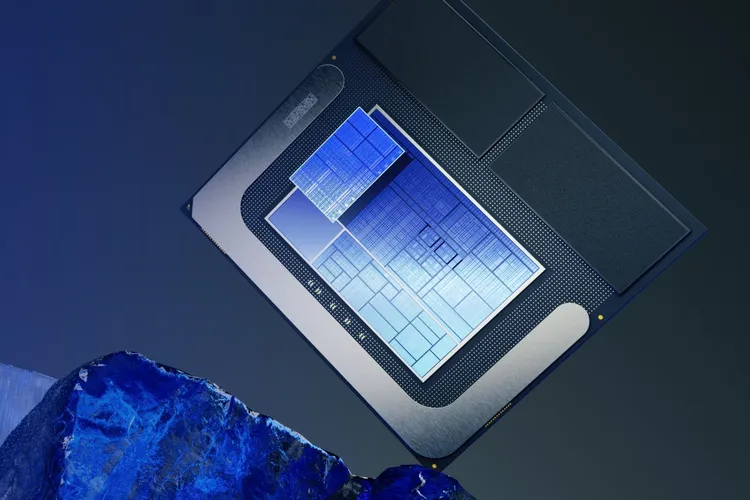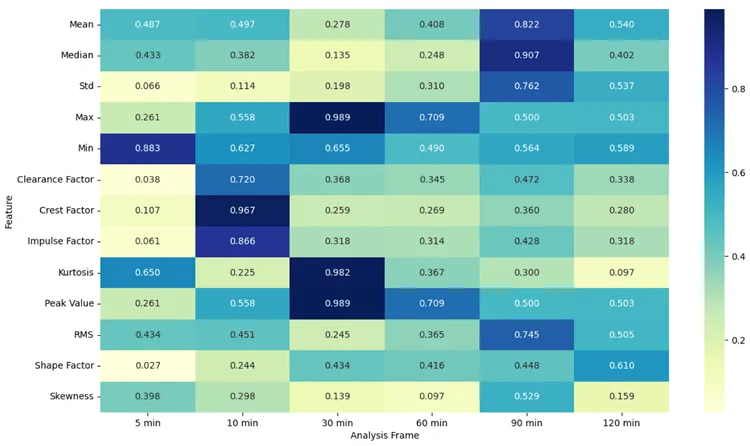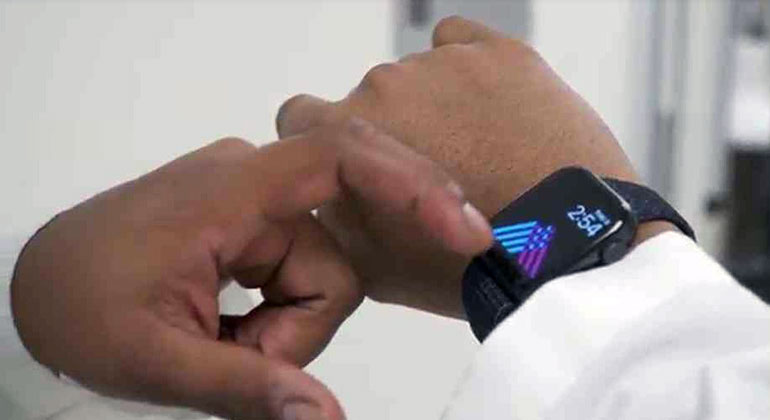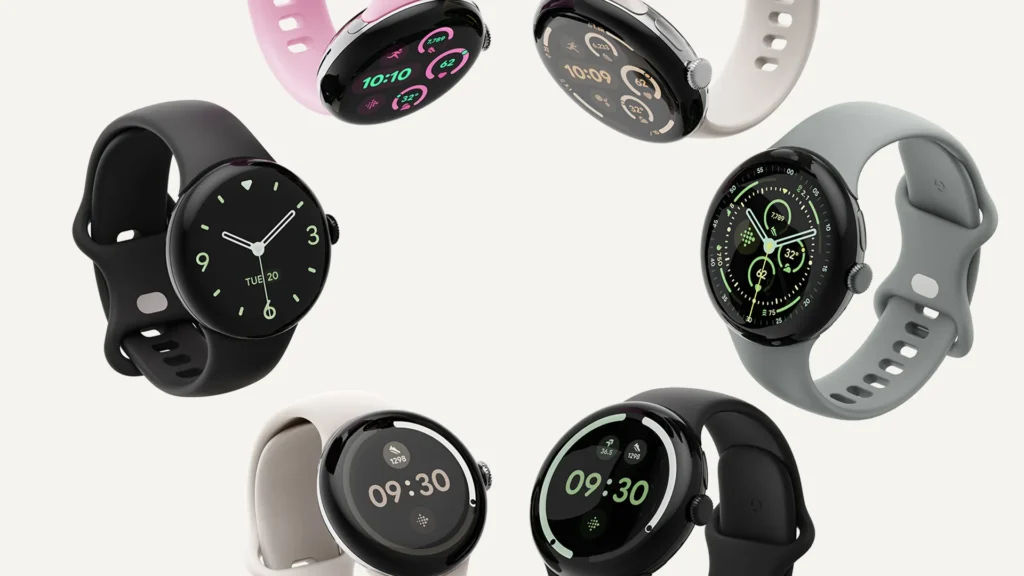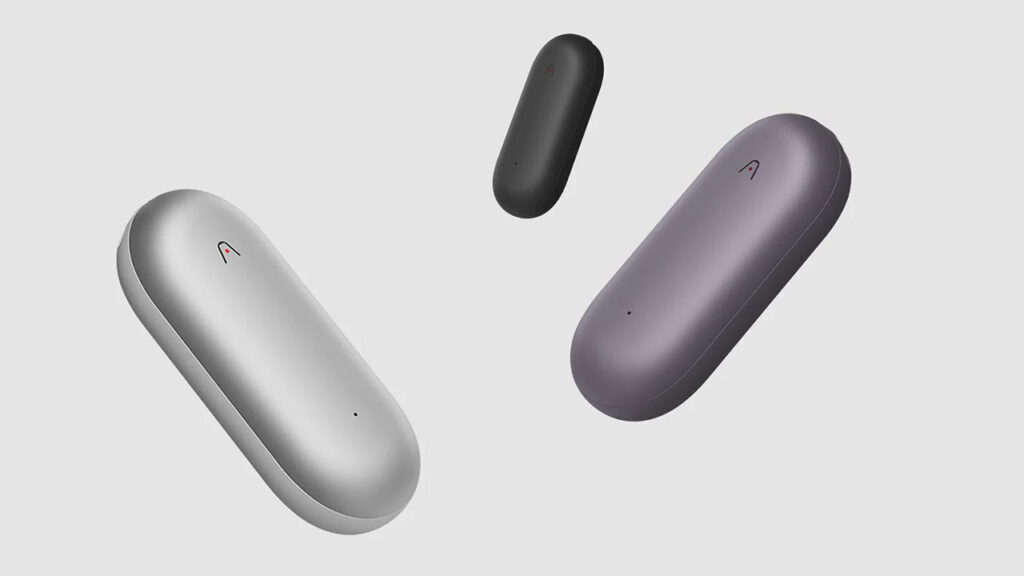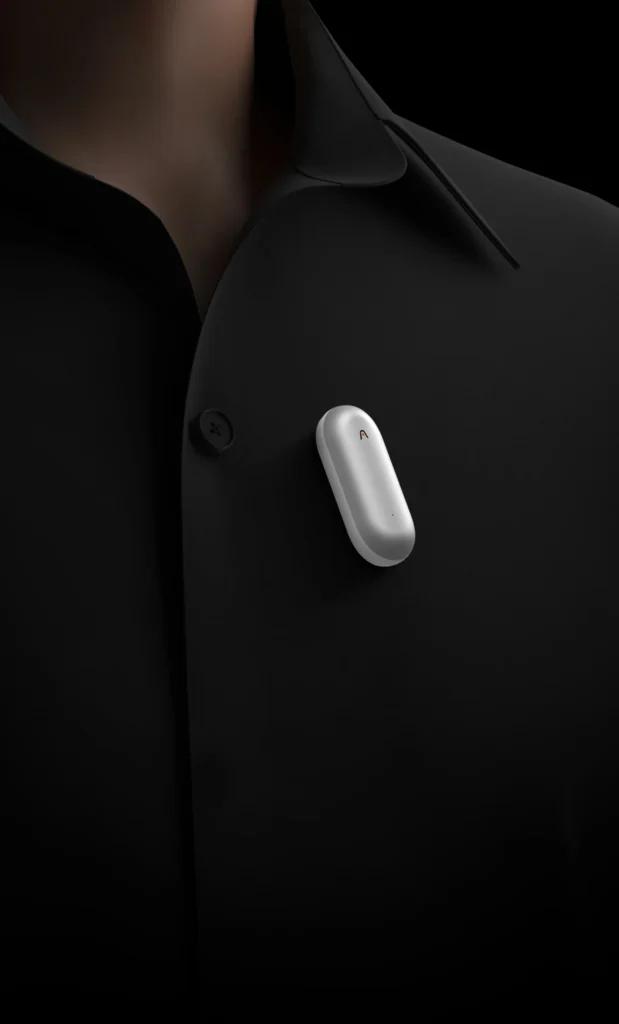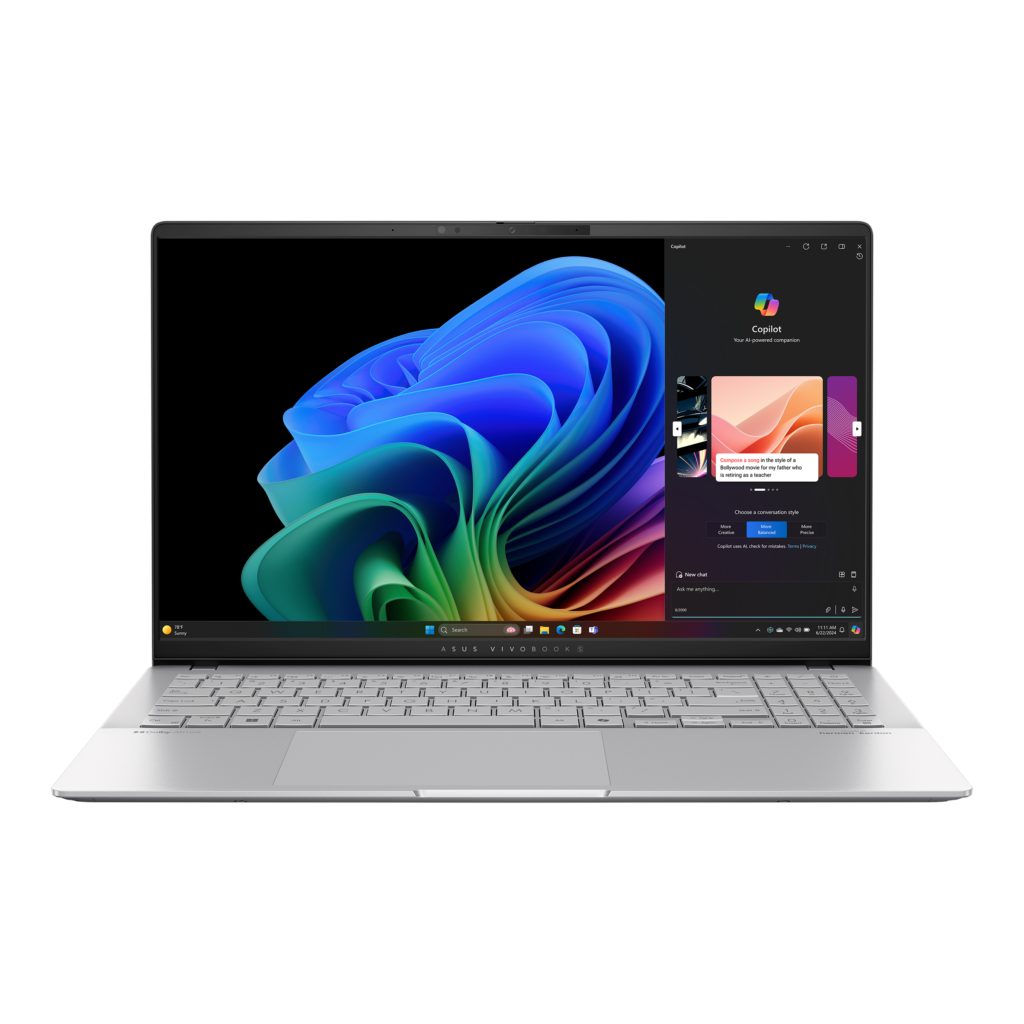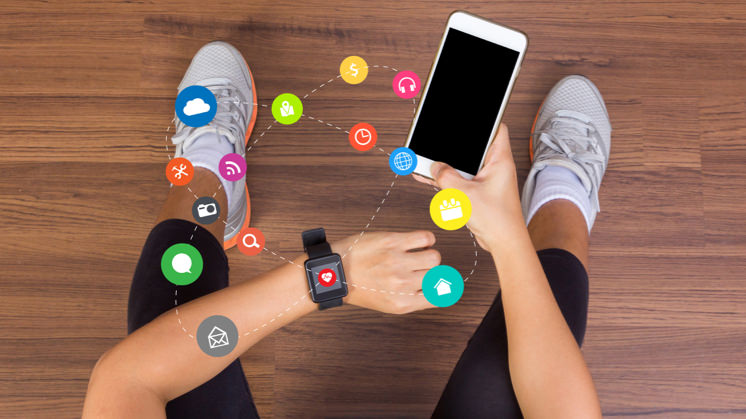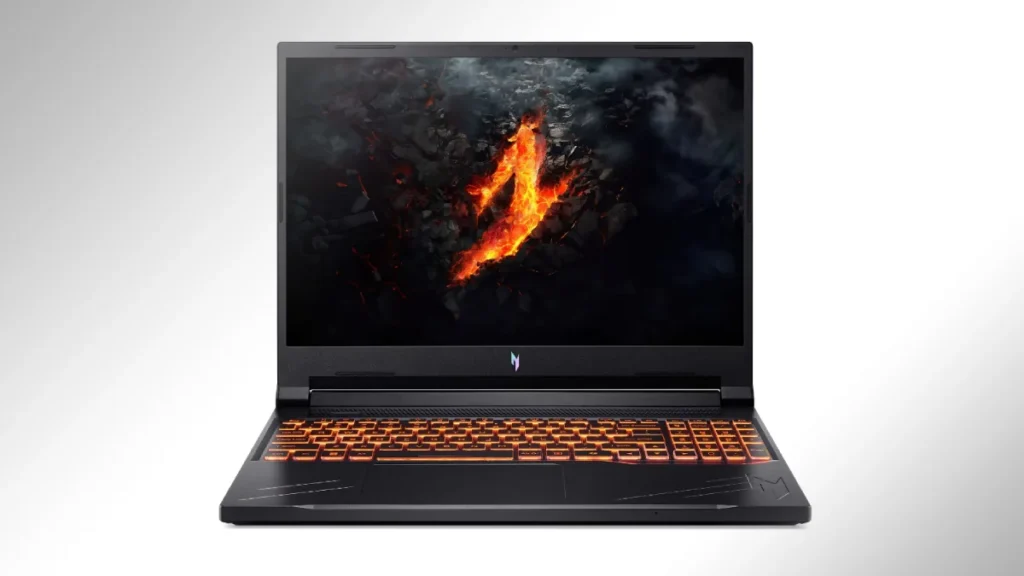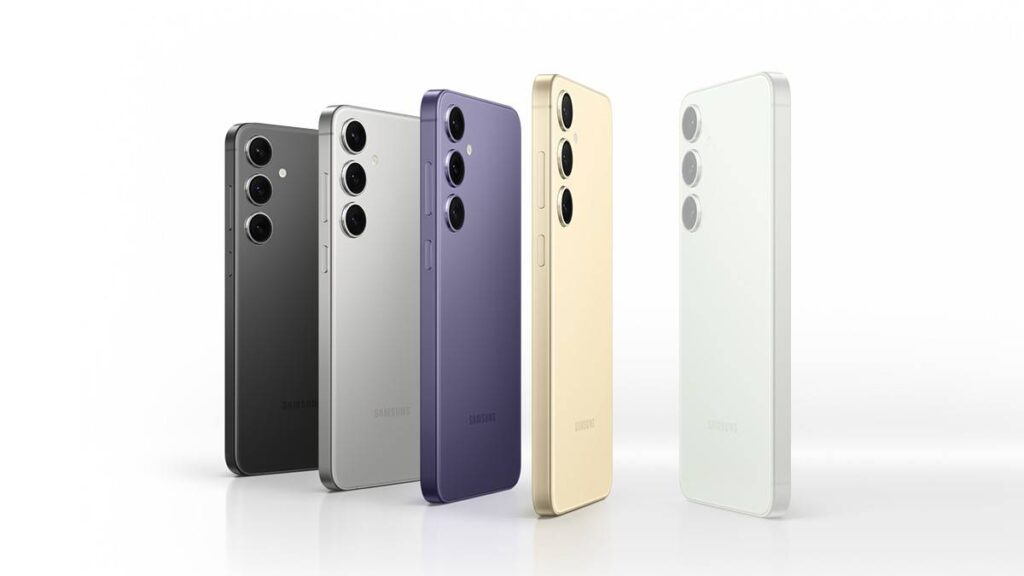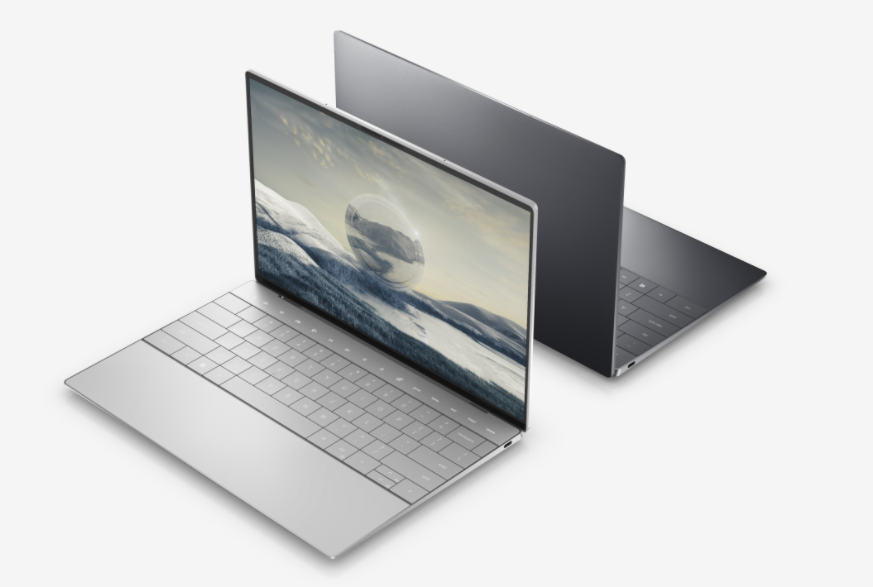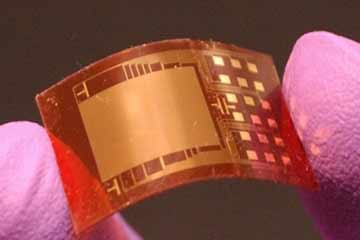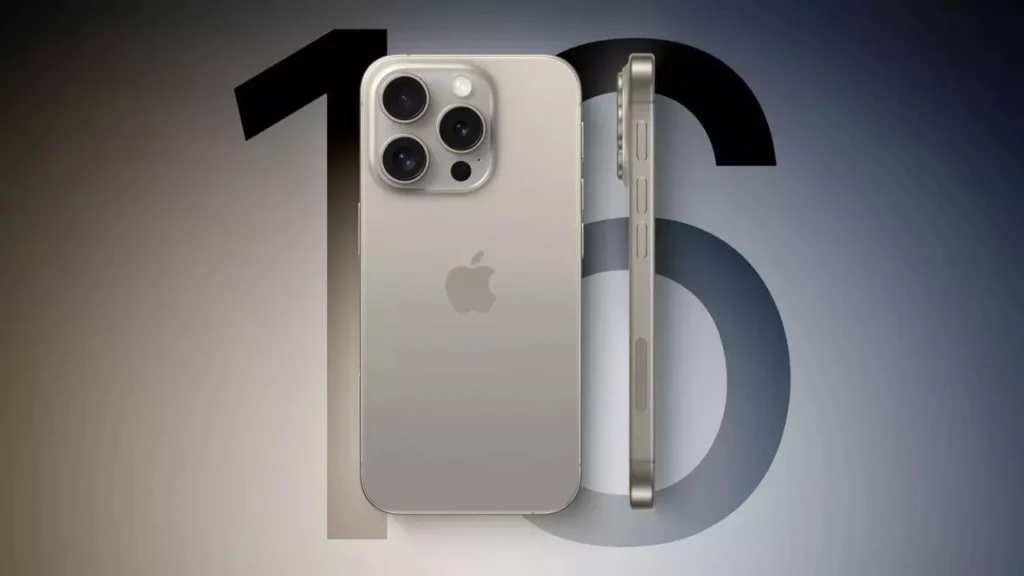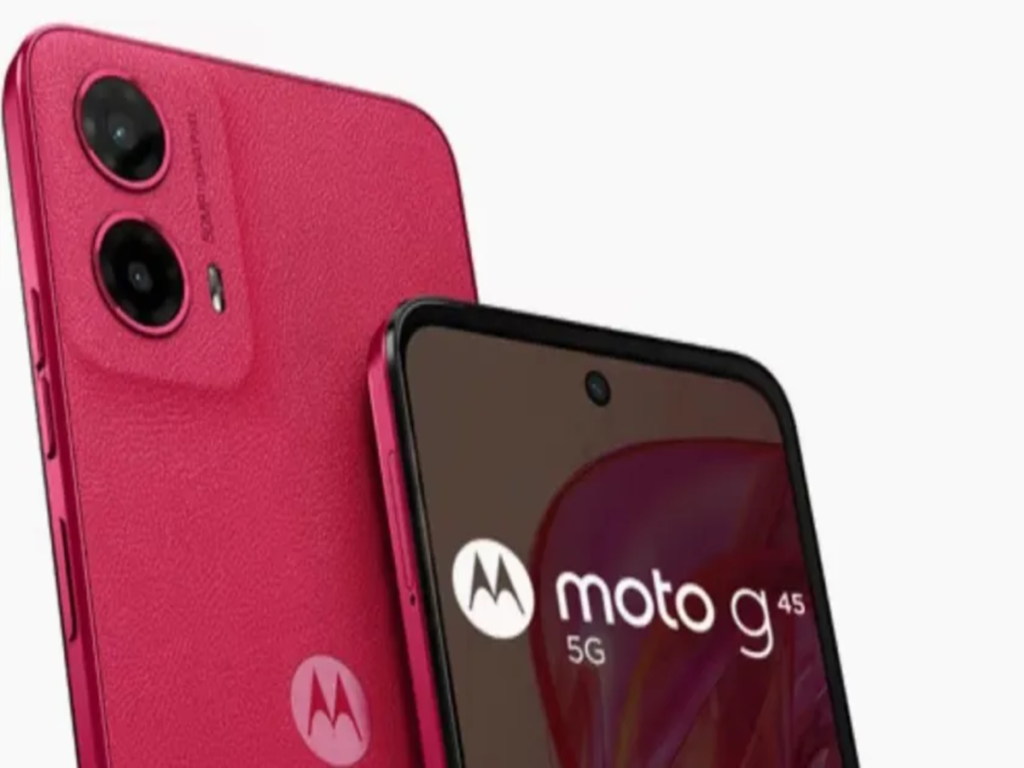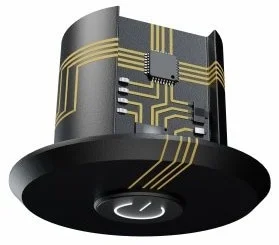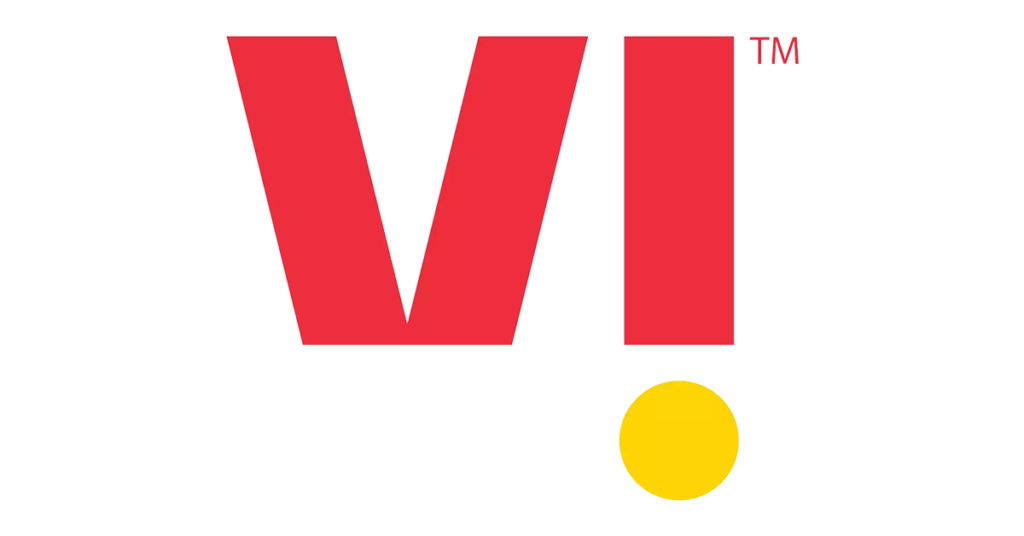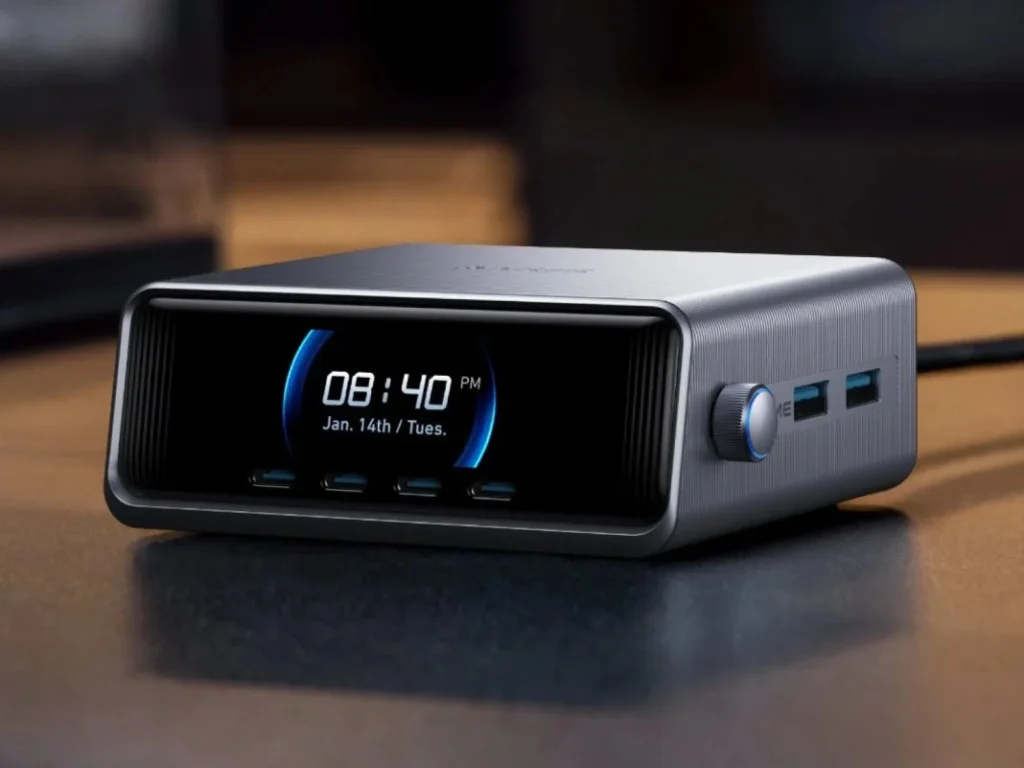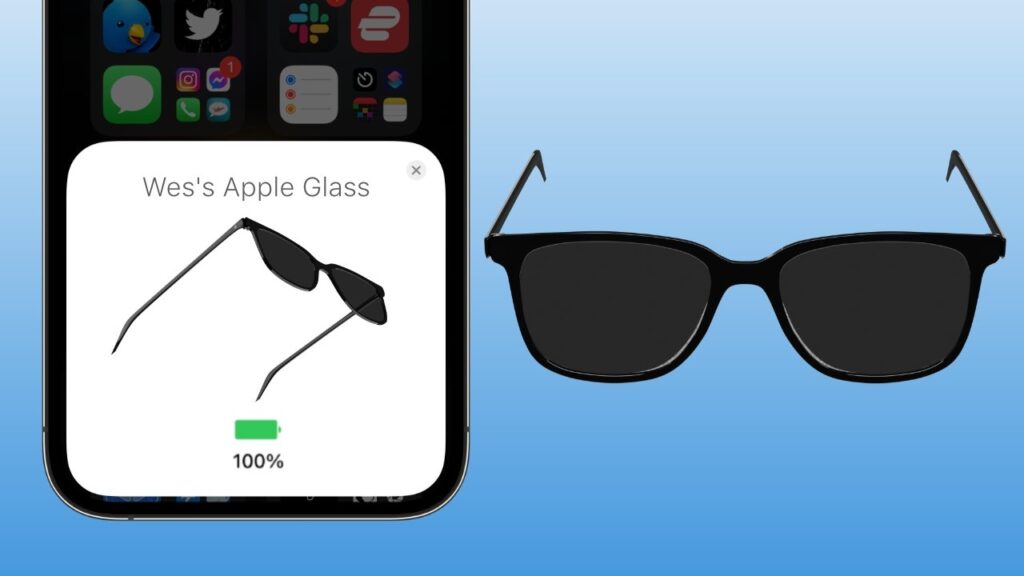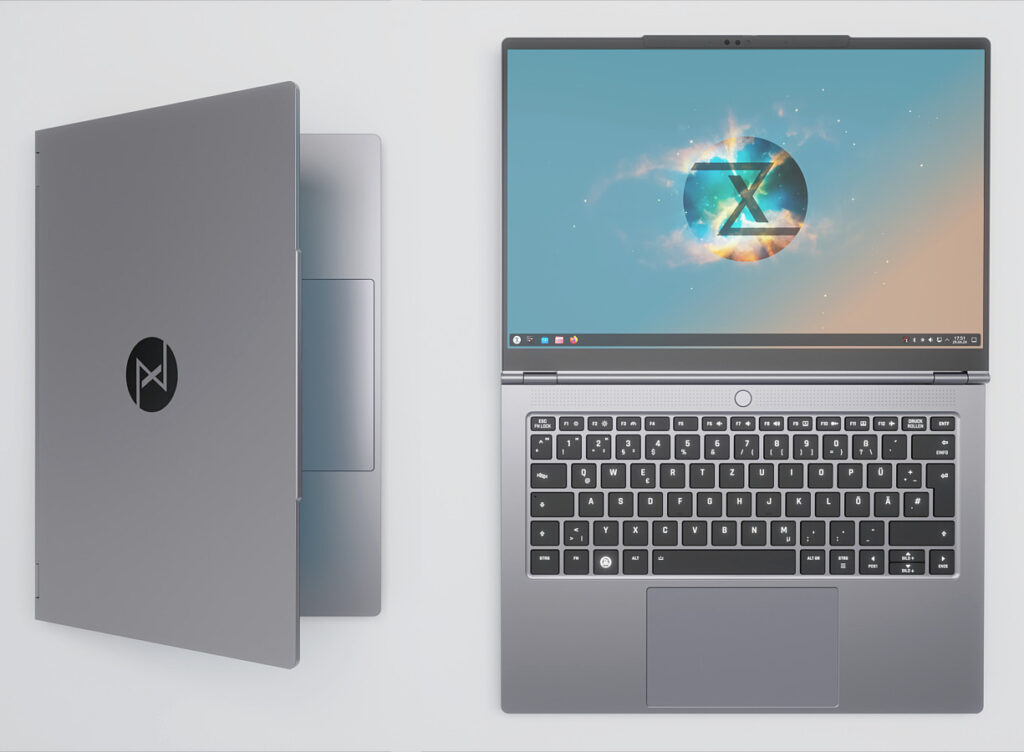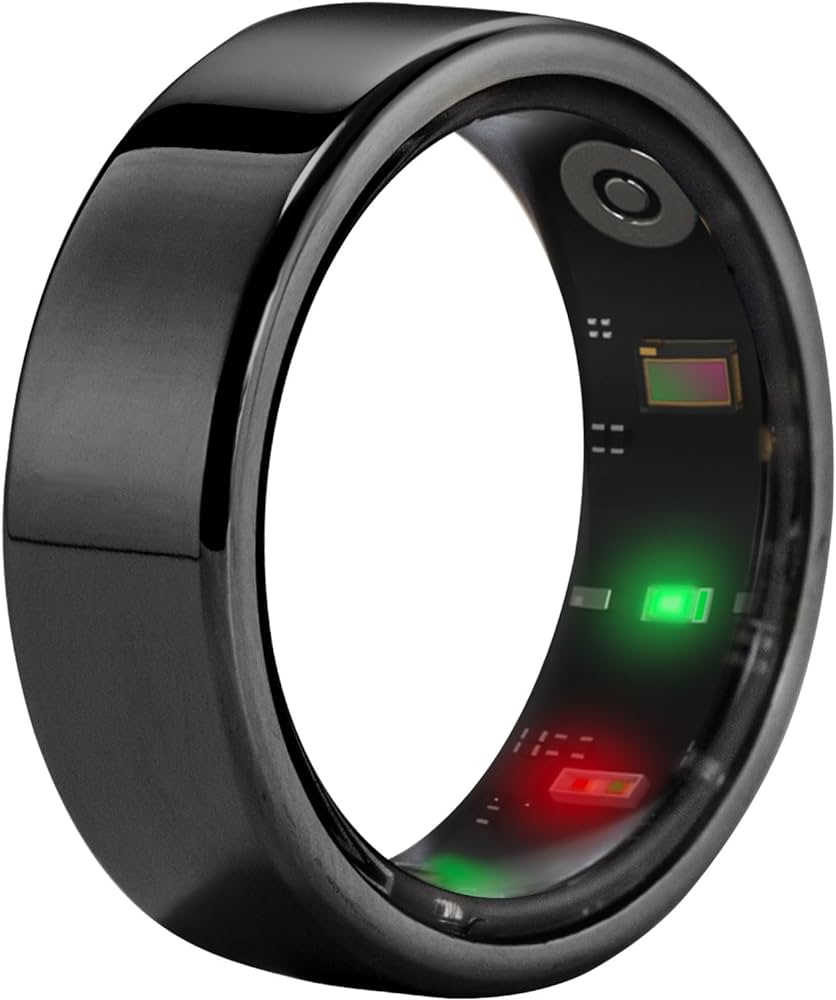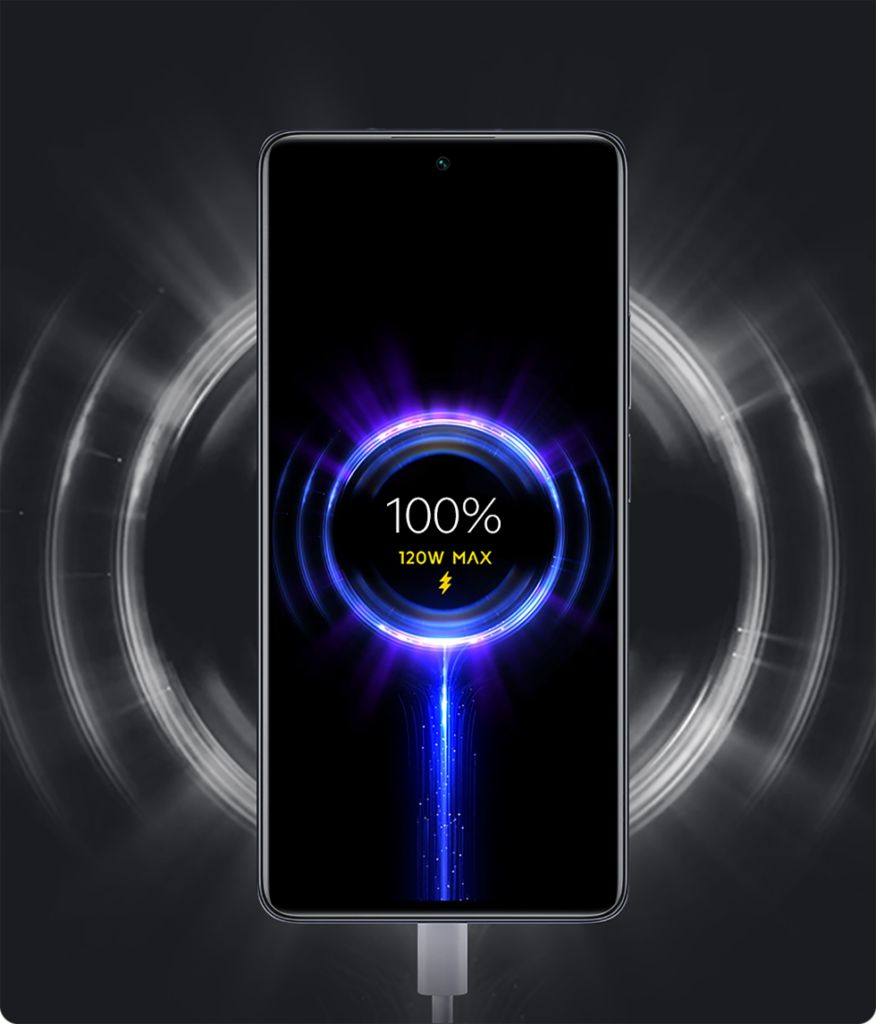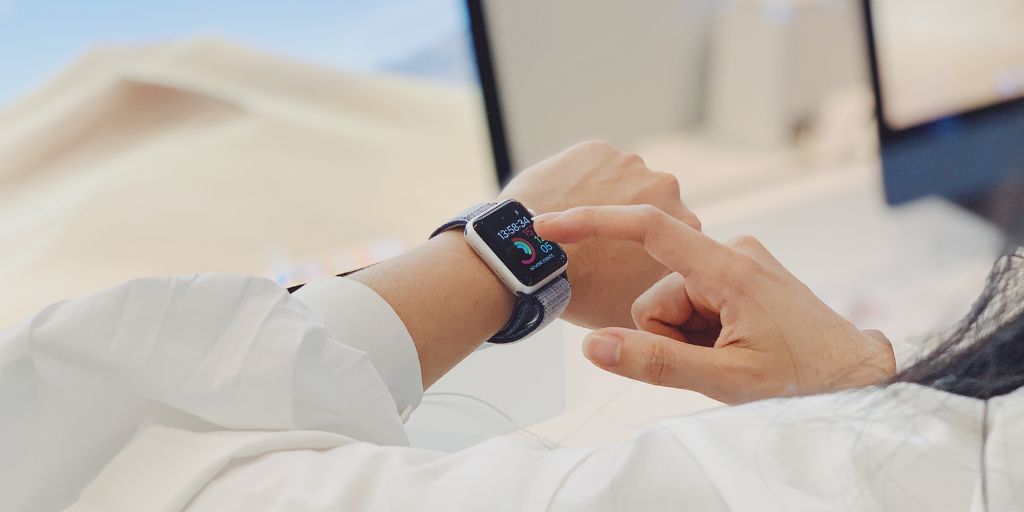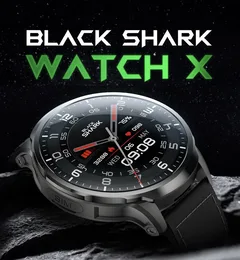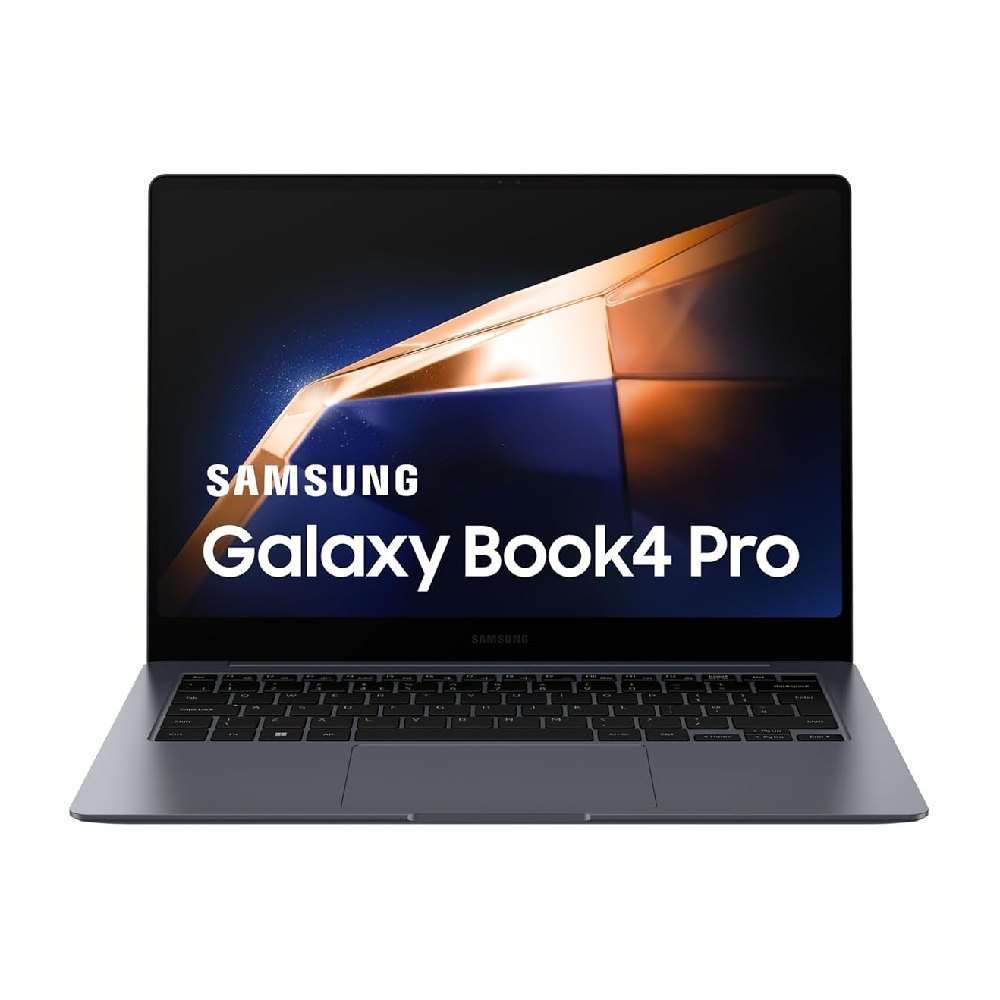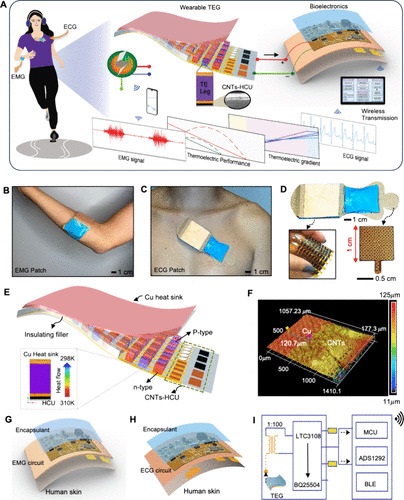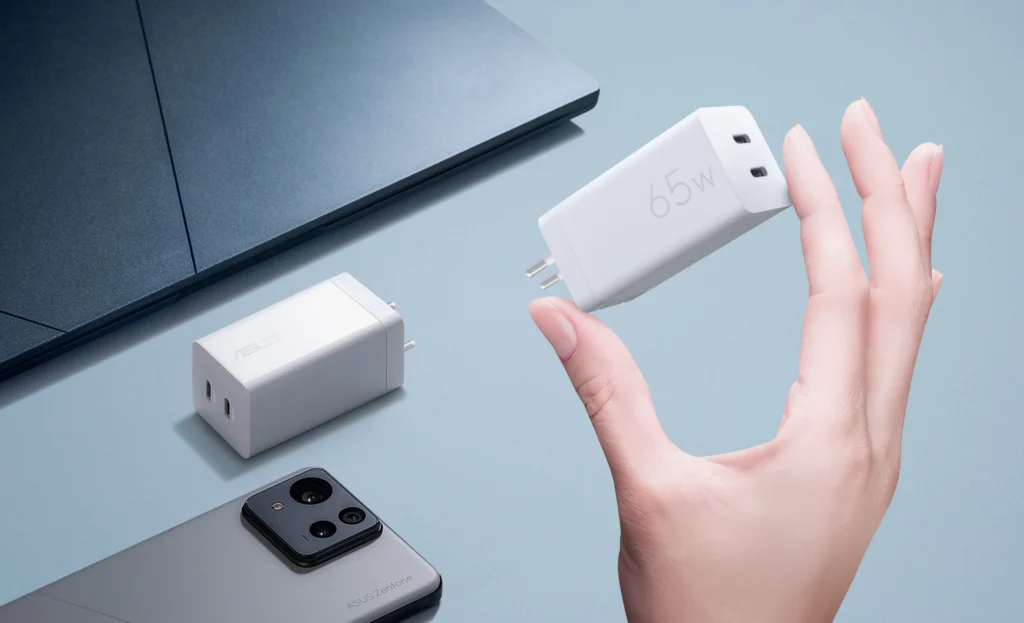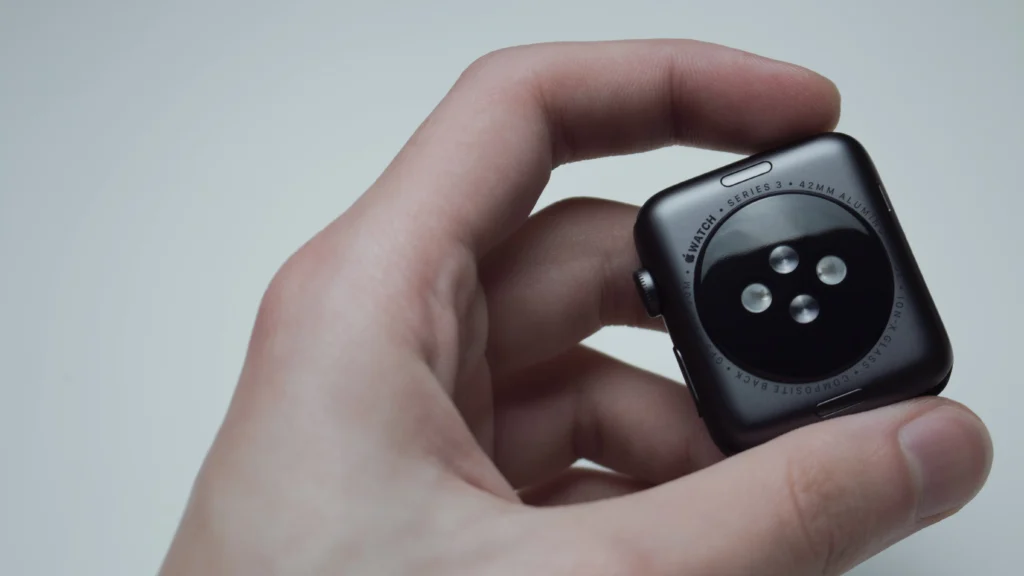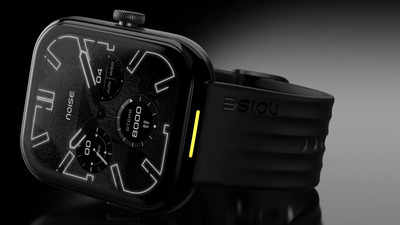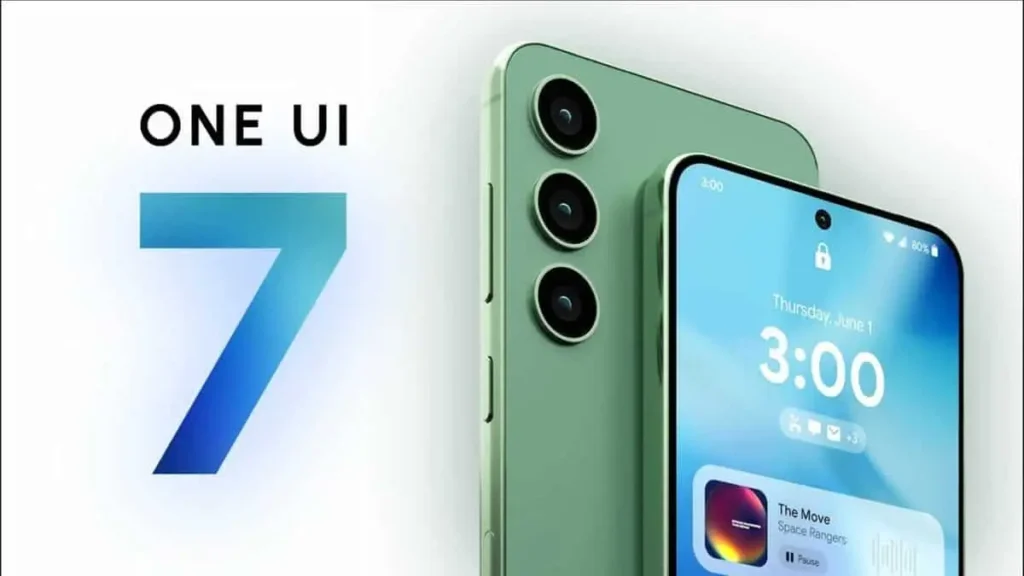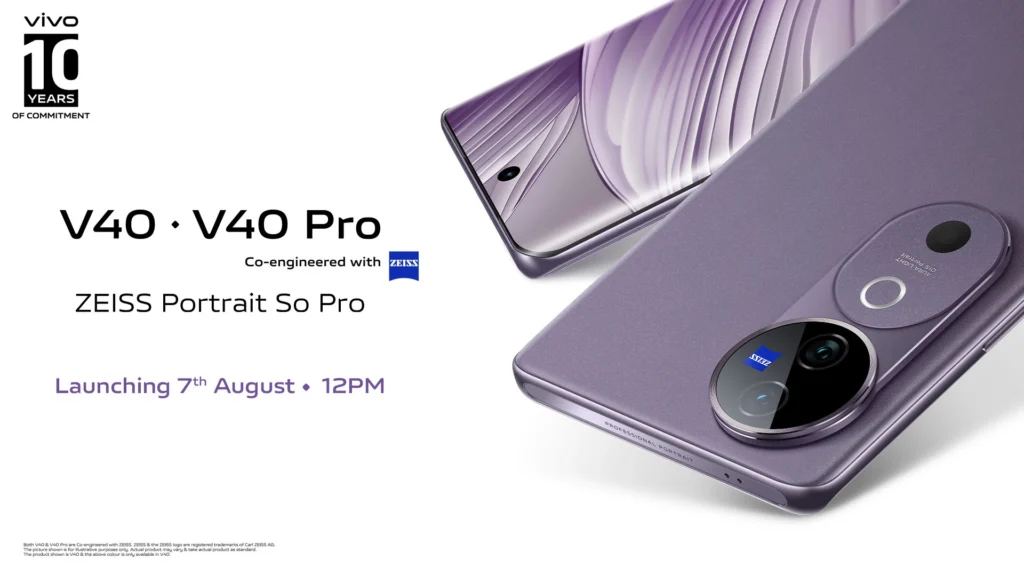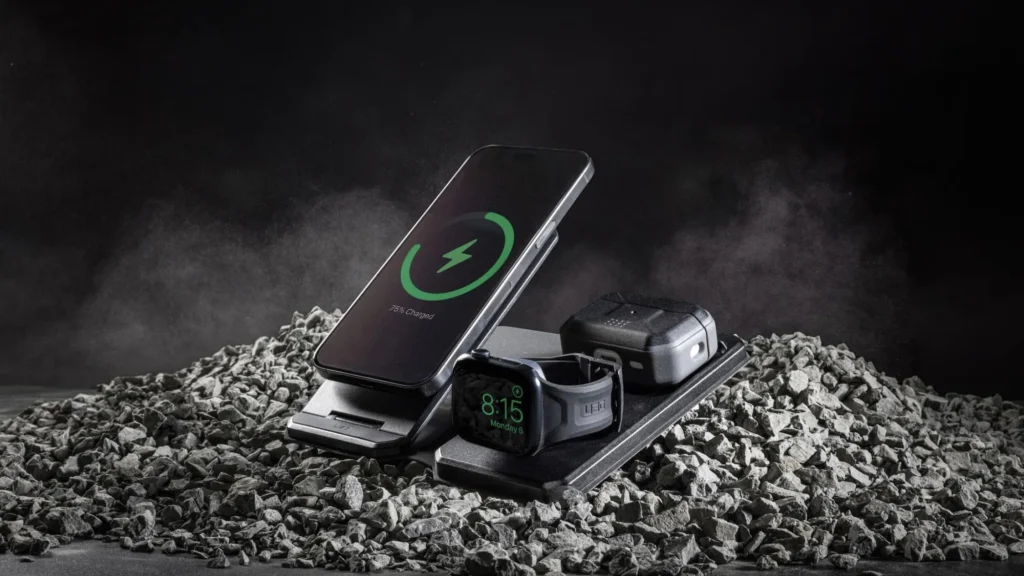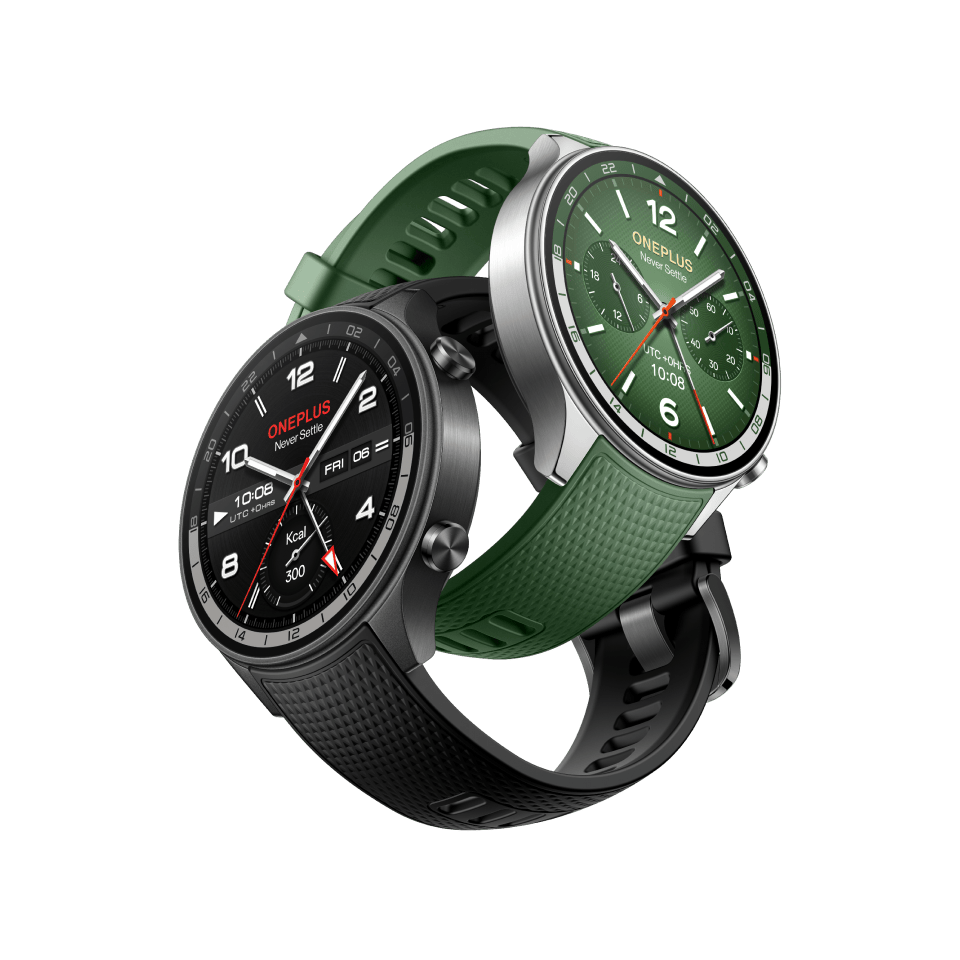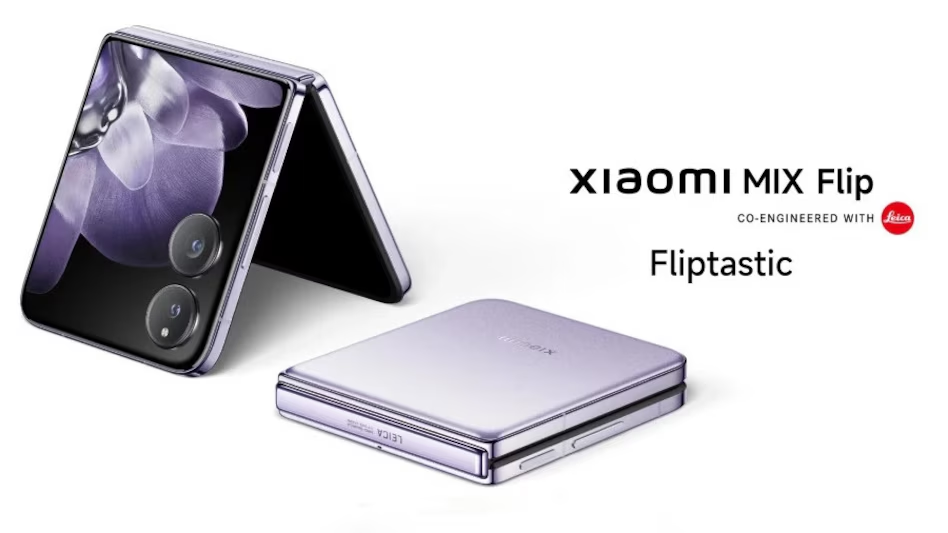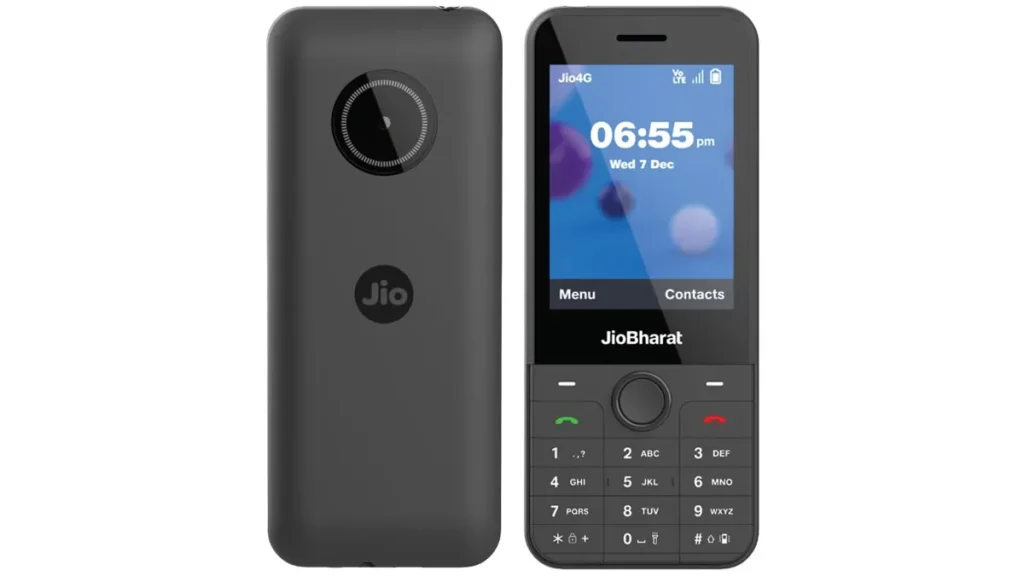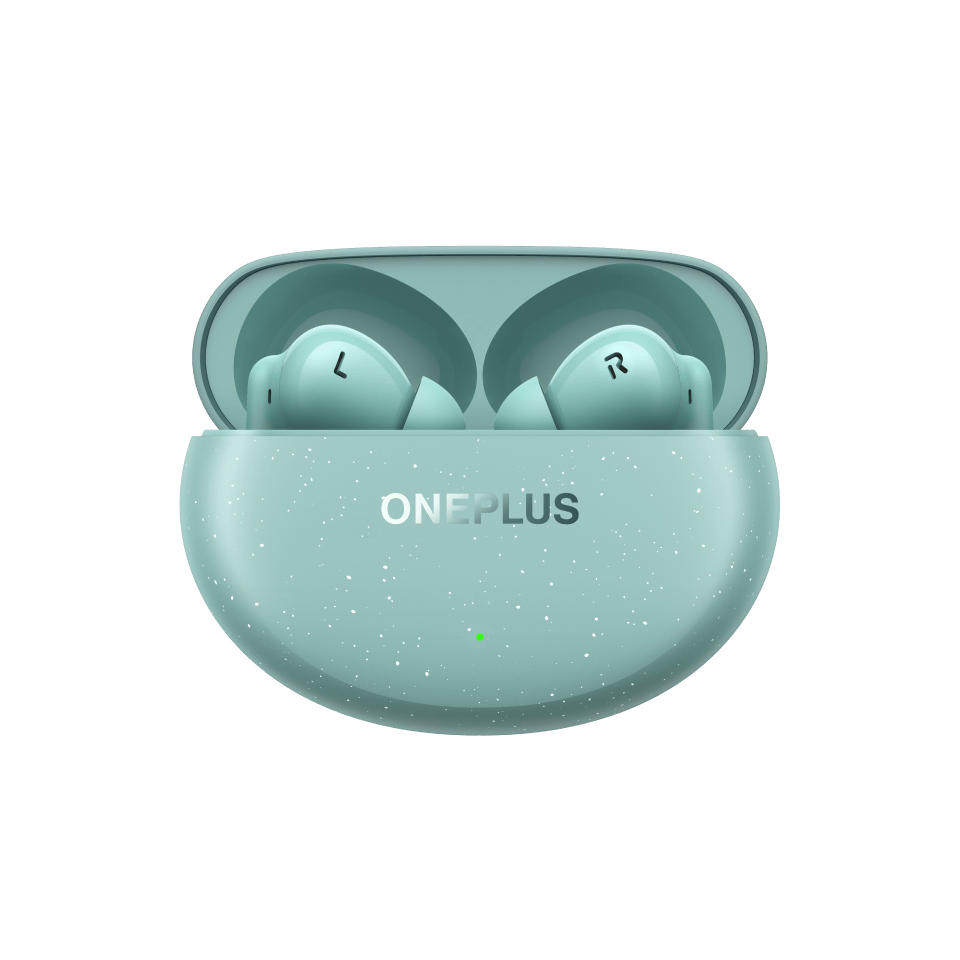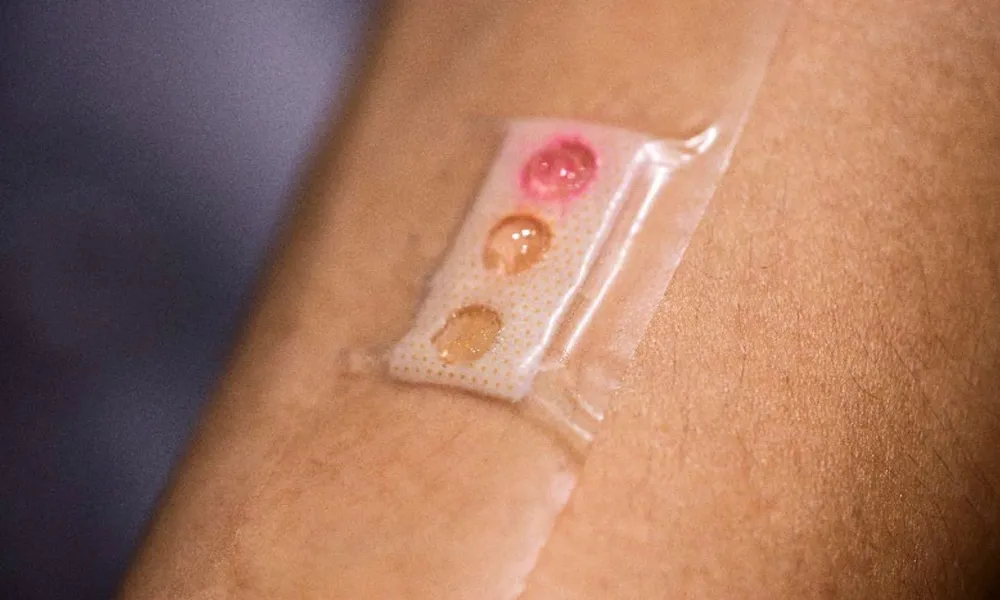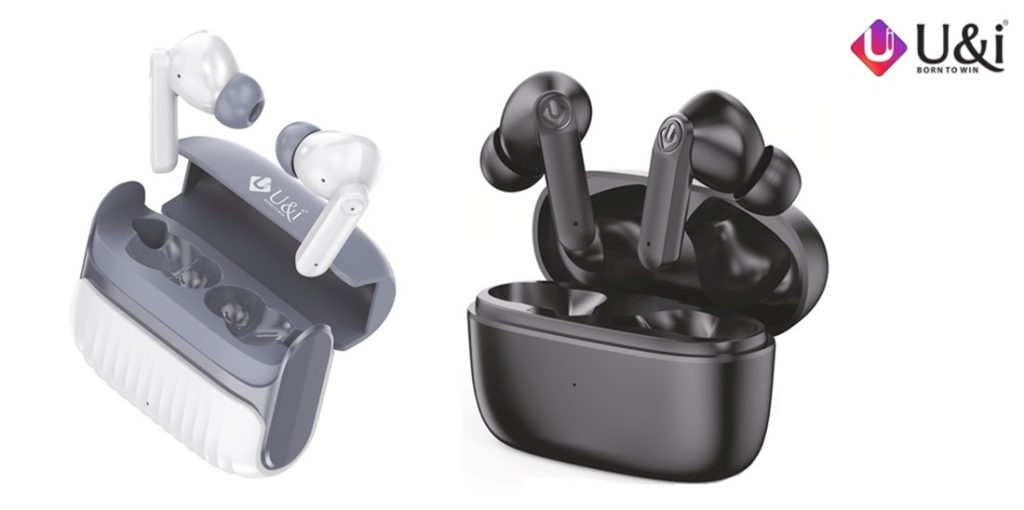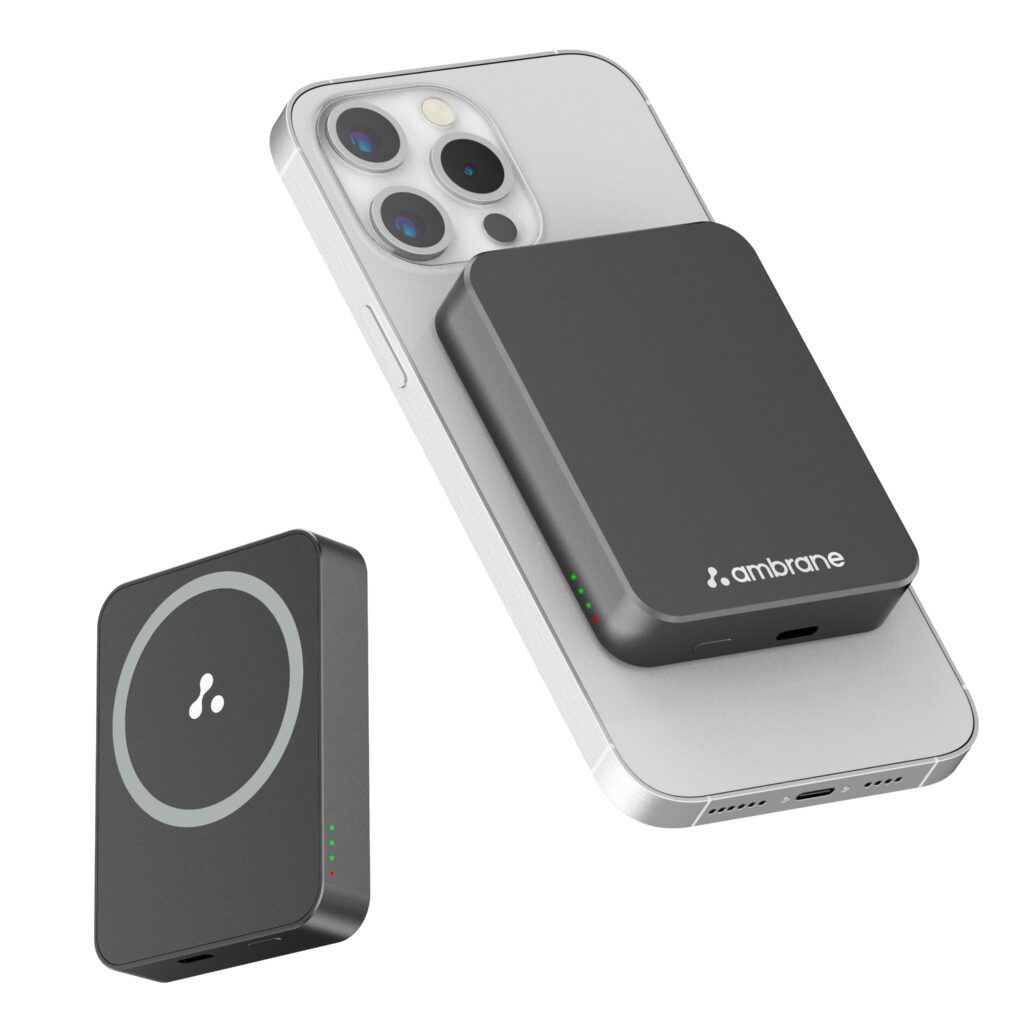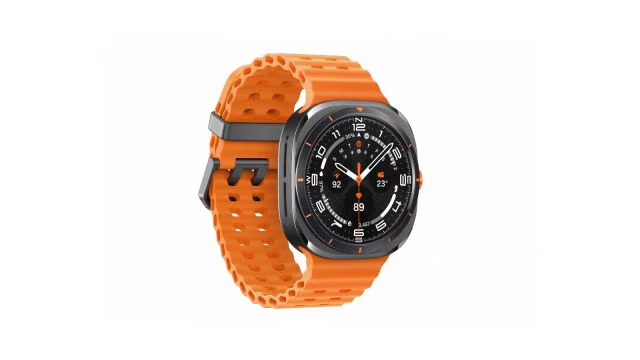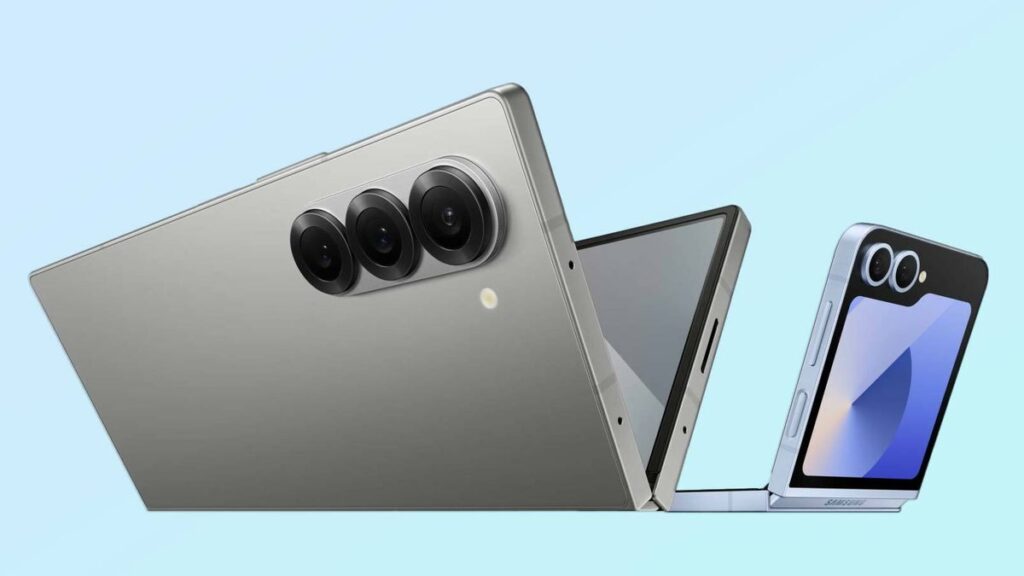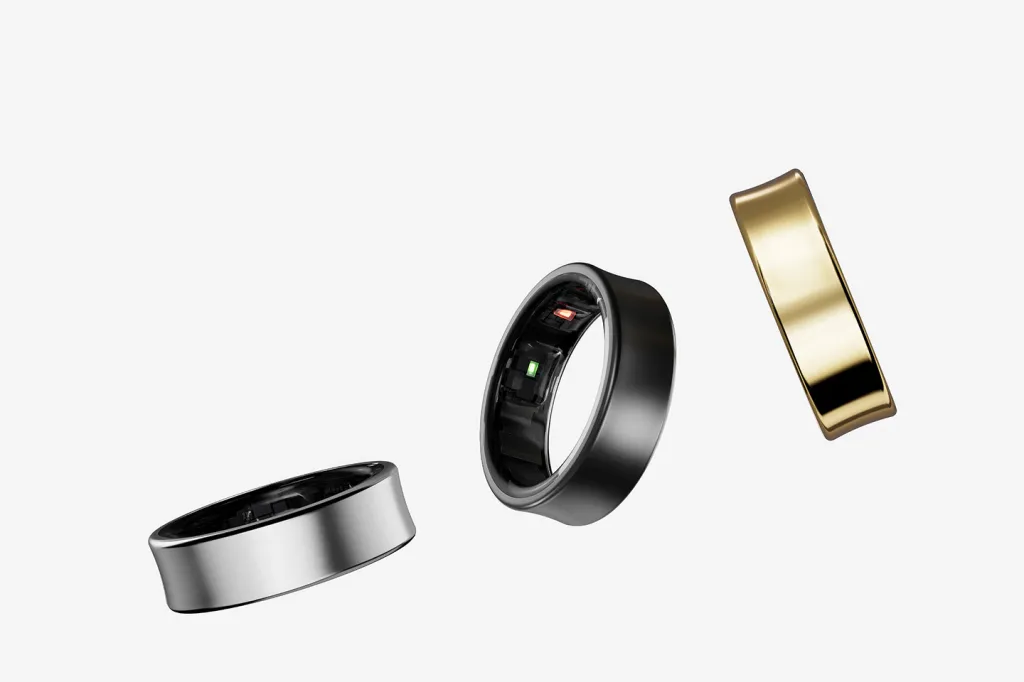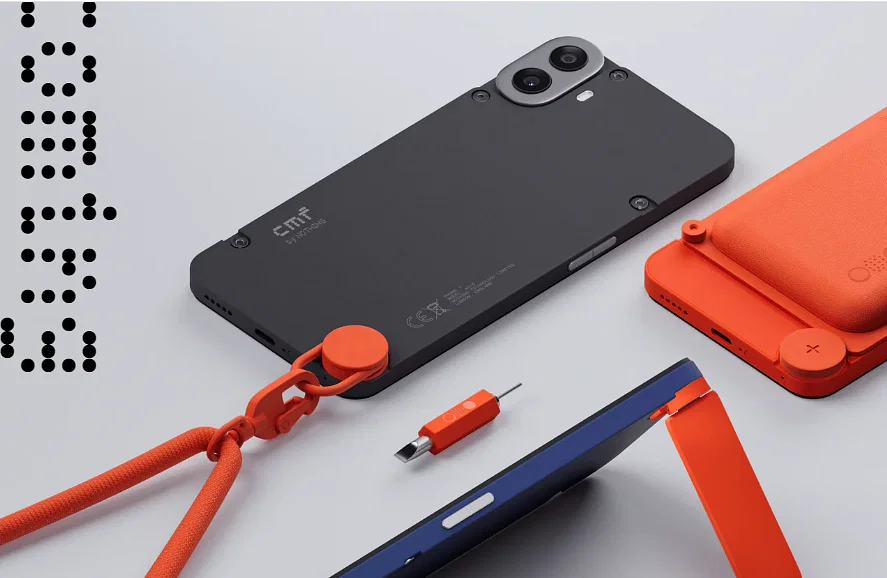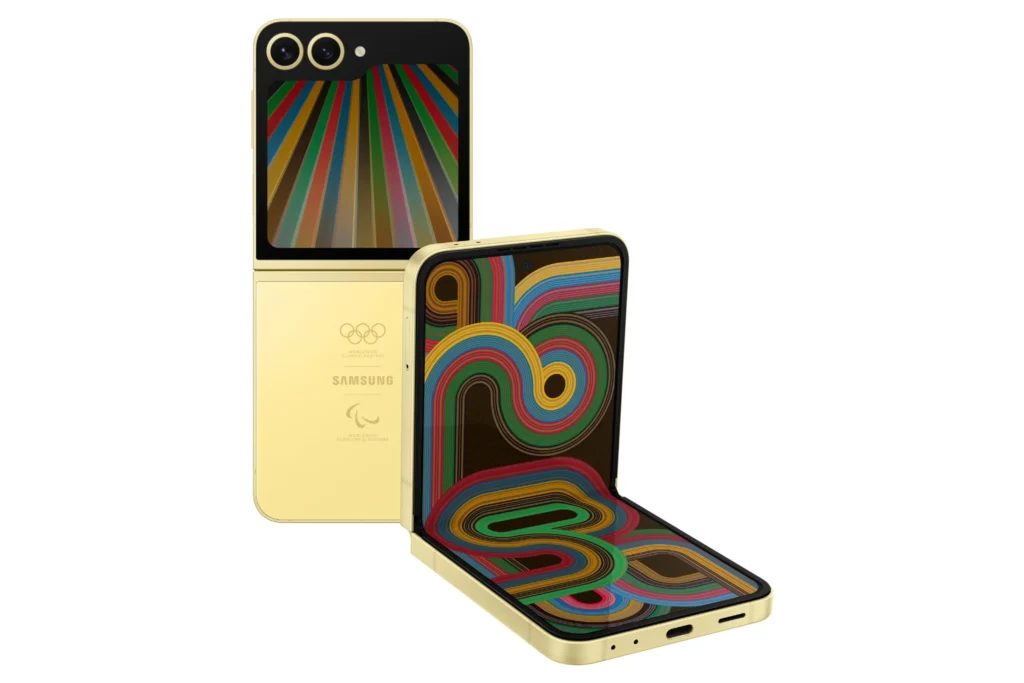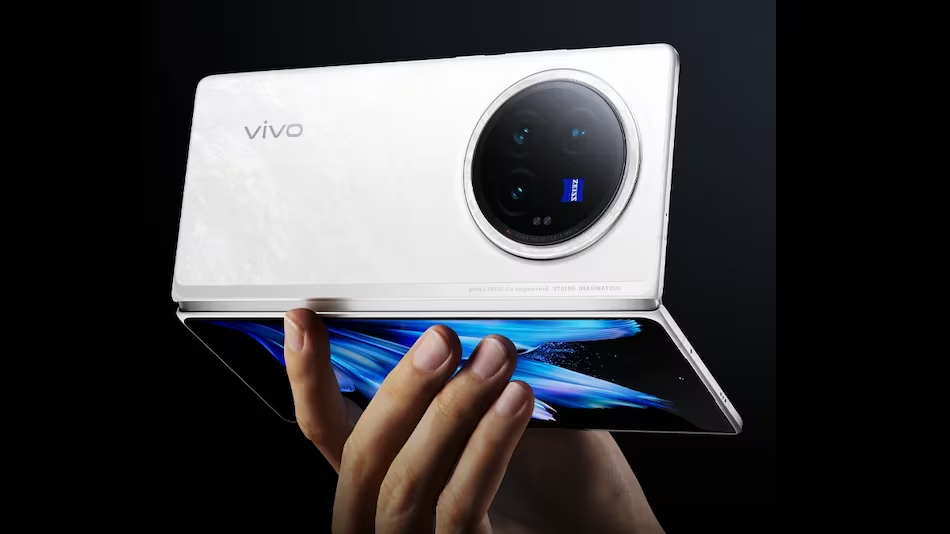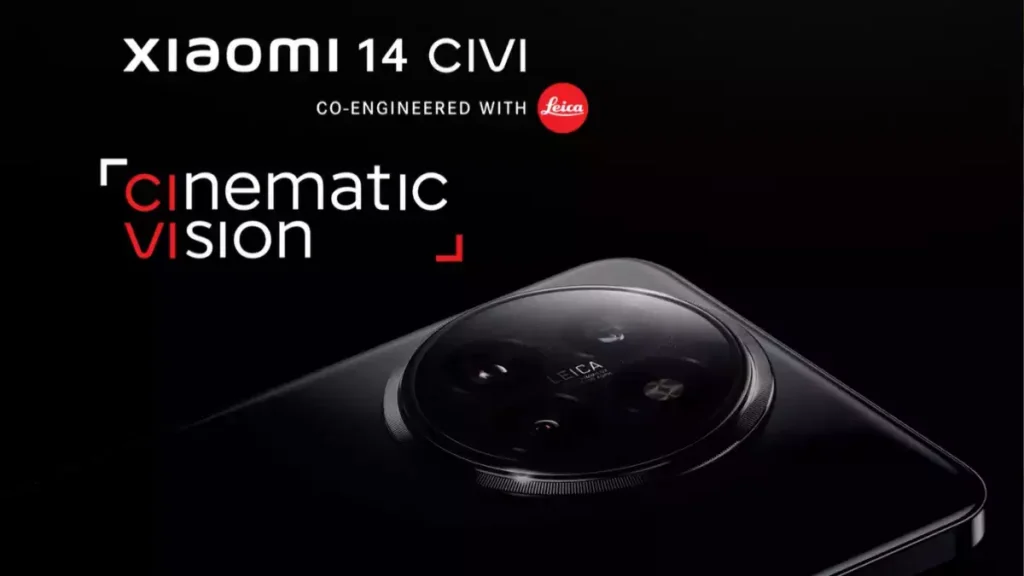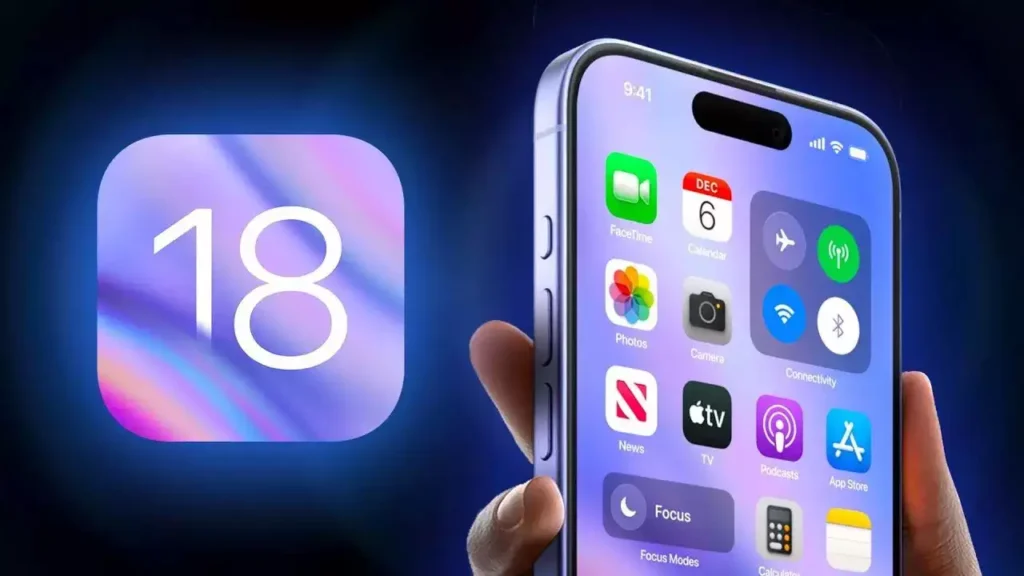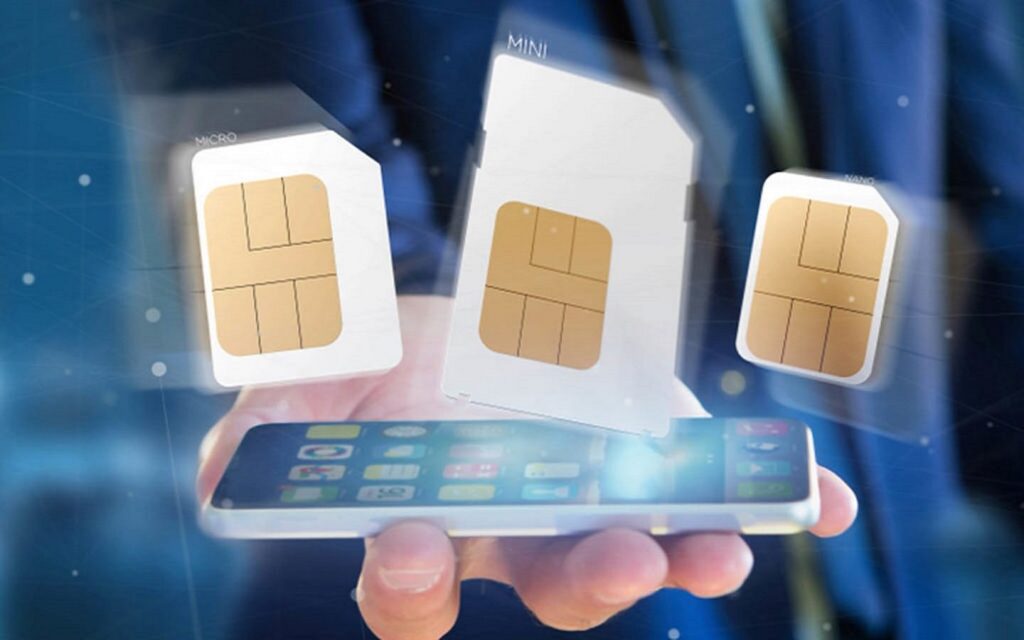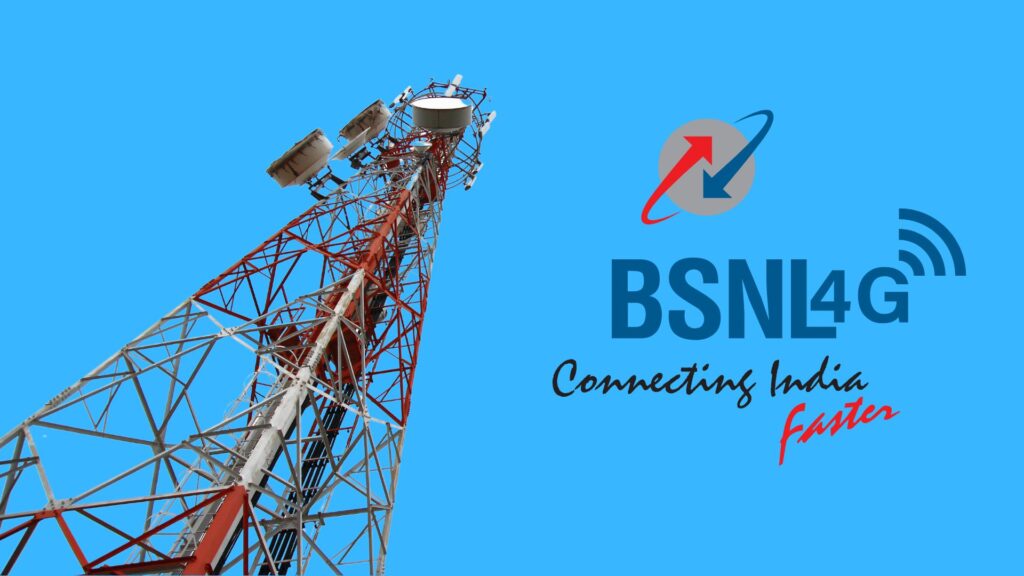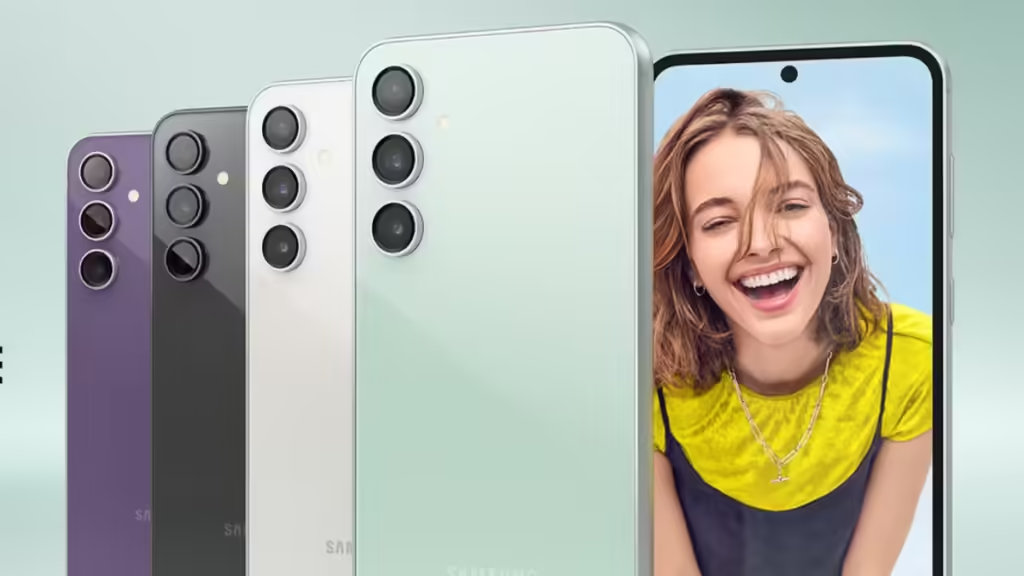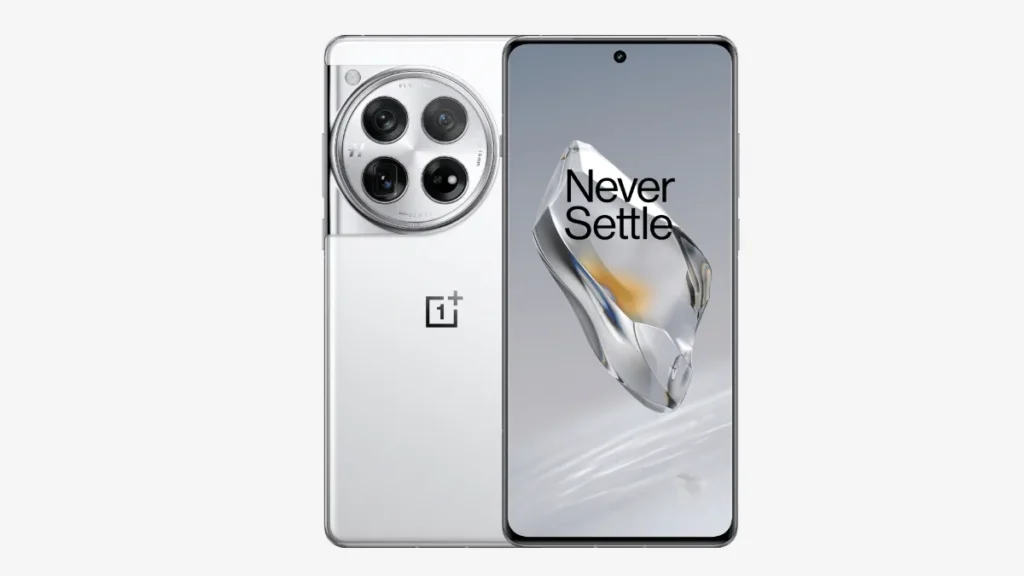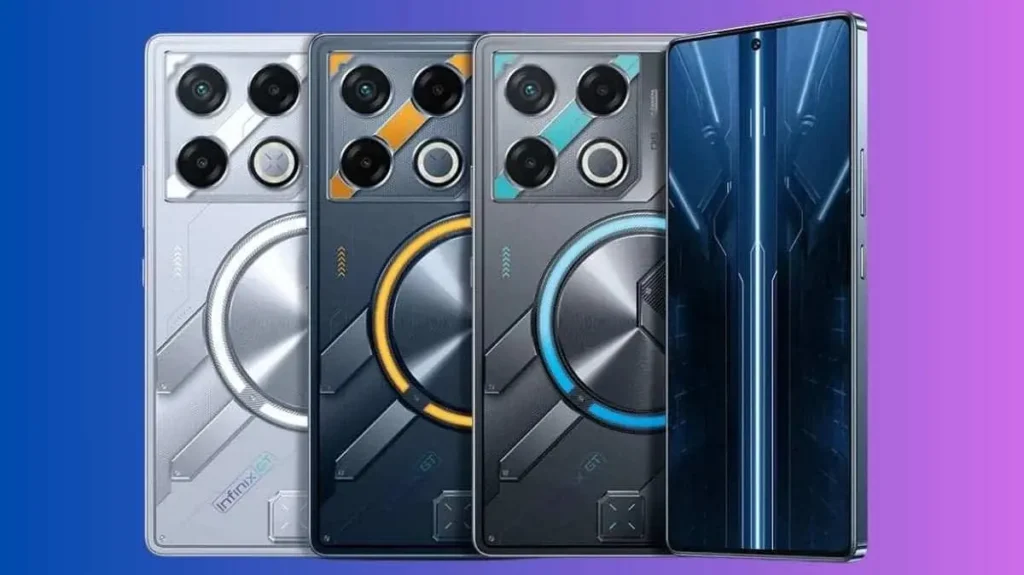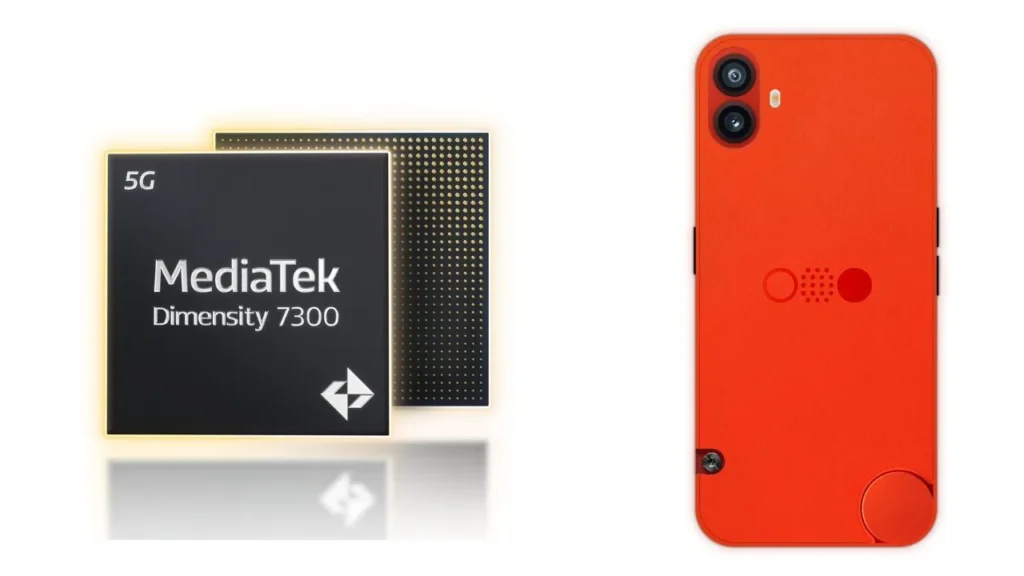“How Wearable Tech is Transforming Health & Fitness Today”
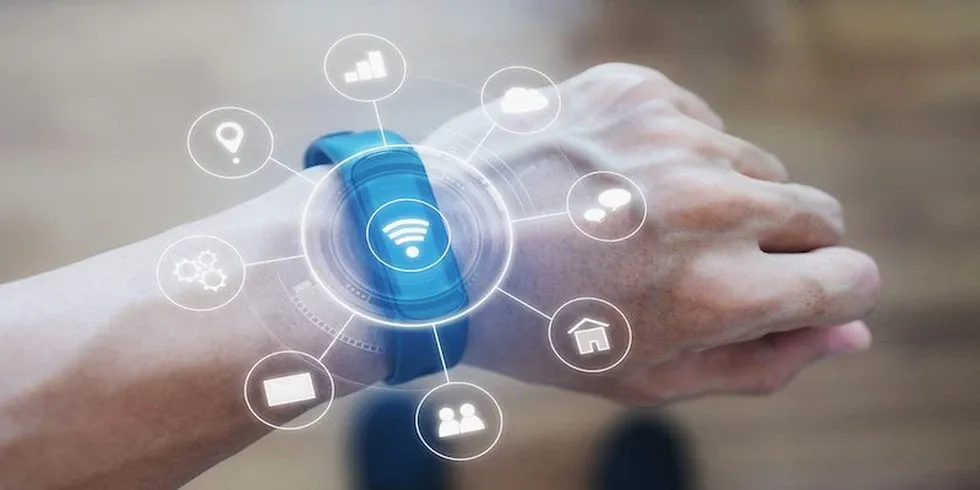
Wearable technology has rapidly emerged as a health and fitness industry transformative force. From smartwatches and fitness trackers to advanced biosensors, these devices are revolutionizing how we monitor our health, stay fit, and gain personalized insights into our well-being.
Mr. Udit Aggarwal on Wearable Technology
Mr. Udit Aggarwal, CEO of Boston Levin, recently spoke to The Hans India about the transformative impact of wearable technology on health and fitness. He delved into the myriad benefits, practical applications, and exciting future developments of wearable technology.
Benefits of Wearable Technology
Wearable technology offers numerous benefits that make it indispensable for health and fitness enthusiasts. These devices provide real-time data and actionable insights, empowering individuals to take control of their health.
1. Continuous Monitoring
Wearables provide continuous monitoring of vital health metrics such as heart rate, sleep patterns, and physical activity levels. This allows users to track their health data over time and identify trends or anomalies.
2. Personalized Insights
By analyzing collected data, wearables offer personalized health insights and recommendations. These tailored suggestions help users make informed decisions about their lifestyle, diet, and exercise routines.
3. Motivation and Accountability
Fitness trackers and smartwatches include features like goal setting, progress tracking, and social sharing. These tools motivate users to stay active and hold themselves accountable for their fitness goals.
4. Early Detection
Advanced wearables can detect early signs of health issues, such as irregular heartbeats or sleep apnea. Early detection allows for timely medical intervention, potentially preventing serious health problems.
Real-World Applications
The real-world applications of wearable technology in health and fitness are vast and varied. These devices are being used by individuals, healthcare providers, and fitness professionals to enhance health outcomes and promote active lifestyles.
1. Fitness Tracking
Devices like Fitbit, Boston Levin Infinity Smartwatch, and Apple Watch monitor steps, distance, calories burned, and active minutes, helping users maintain an active lifestyle.
2. Health Monitoring
Wearables such as the Withings ScanWatch and BioBeat monitor vital signs including heart rate, blood pressure, and oxygen saturation. These metrics are crucial for managing chronic conditions like hypertension and diabetes.
3. Sleep Analysis
Sleep tracking devices monitor sleep stages and provide insights to improve sleep hygiene and overall well-being.
4. Stress Management
Wearables with stress monitoring features measure physiological responses to stress. They offer guided breathing exercises and mindfulness activities to help users manage stress effectively.
5. Rehabilitation and Recovery
In healthcare, wearables track the progress of patients recovering from injuries or surgeries, providing valuable data to physiotherapists.
Future Developments
The future of wearable technology holds exciting possibilities, with ongoing advancements set to revolutionize health and fitness further.
1. Enhanced Accuracy
Future wearables will feature improved sensors and algorithms, providing more accurate health metrics and insights.
2. Integration with Healthcare Systems
As wearables become more sophisticated, they will integrate seamlessly with electronic health records (EHRs) and healthcare systems, facilitating better communication and personalized treatment plans.
3. Advanced Biometrics
Next-generation wearables will incorporate advanced biometrics like continuous glucose monitoring, hydration levels, and real-time blood pressure tracking.
4. Artificial Intelligence
AI-powered wearables will analyze vast amounts of health data to provide predictive analytics and personalized recommendations, enhancing health maintenance.
5. Wearable Ecosystems
Companies are developing ecosystems of interconnected wearable devices that provide holistic health insights, offering a complete picture of an individual’s health.
Conclusion
Wearable technology is revolutionizing health and fitness by providing continuous monitoring, personalized insights, and motivation. Its real-world applications are making significant impacts on individual health and the broader healthcare landscape. As technology advances, wearables will become even more integral to our daily lives, promising a healthier and more informed world.


 English
English 
